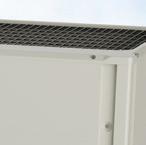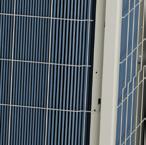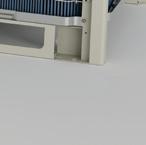




AAON Delta Class is breathing life into our indoor environments.






AAON is always innovating. Learn more about our dedicated outdoor air systems (DOAS).

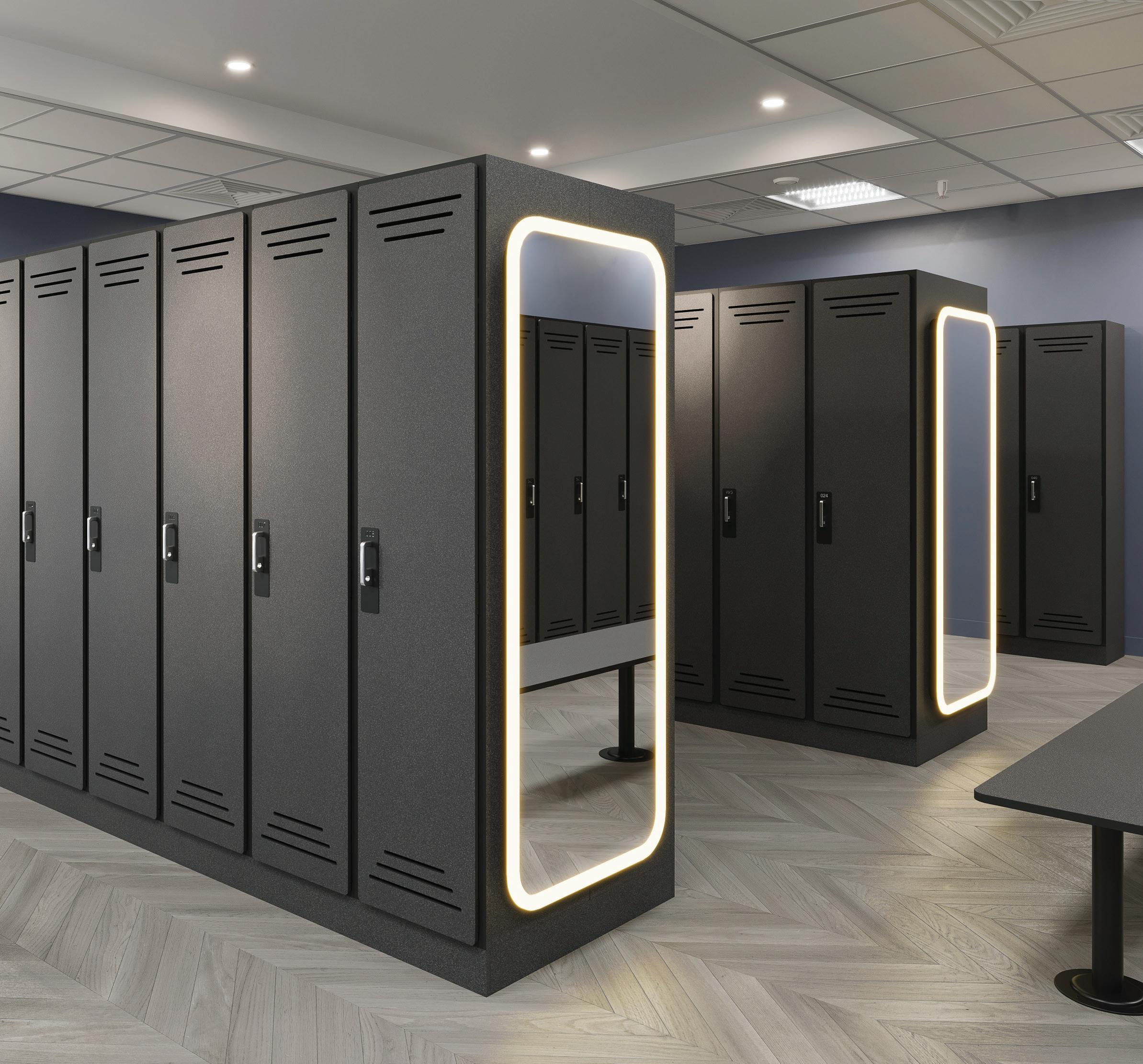


































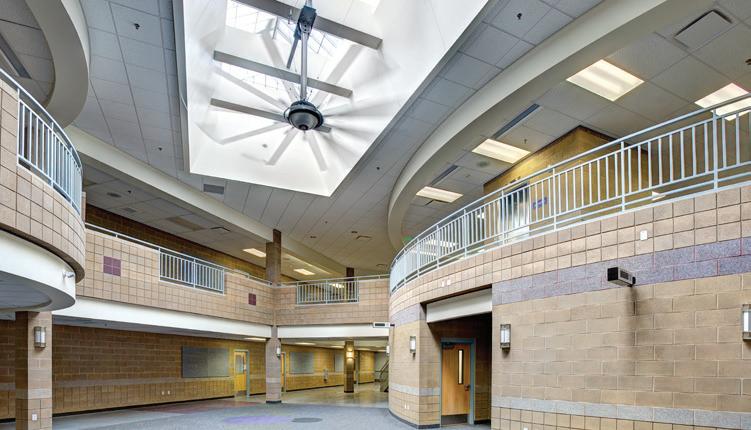
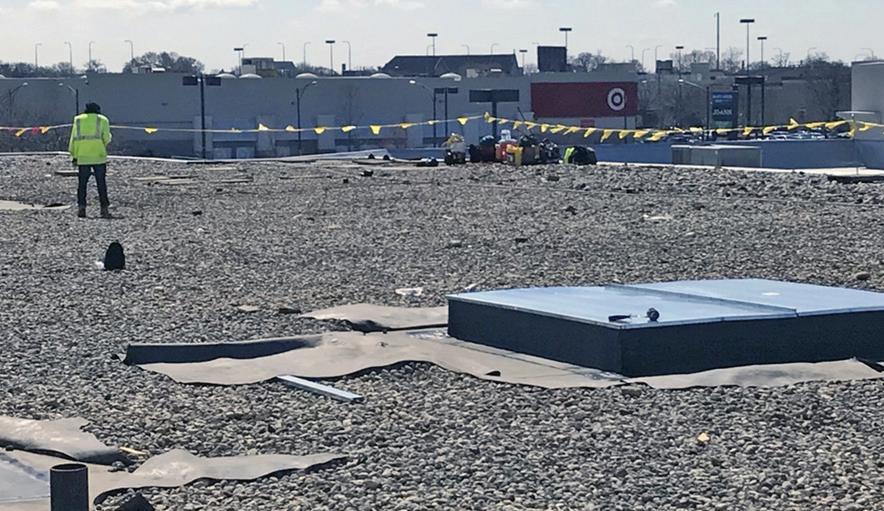
























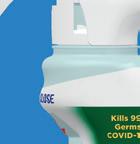



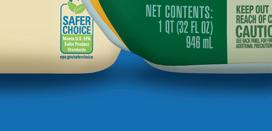









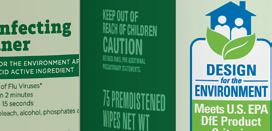















by Mike Kennedy
In what appears to be a real-world version of “The Apprentice,” Donald Trump has told 1,300 people working for the U.S. Education Department, “You’re fired.”
The president followed up those abrupt layoffs by issuing an executive order to “facilitate the closure of the Department of Education.”
But the Brown Center notes that the overwhelming majority of K-12 education functions are controlled by state and local agencies.
EDITORIAL
ADVISORY BOARD
Bruce Mather
Executive Director of Facilities Management Elmhurst College, IL
Martin Montaño
Capital Projects Administrator Rio Rancho Public Schools
Rio Rancho, NM
James E. Rydeen FAIA, Armstrong Torseth Skold and Rydeen, Inc. Minneapolis, MN
I don’t claim to be an expert on the ins and outs of the Education Department, and maybe some of those 1,300 jobs were expendable, but taking a hatchet to the department seems designed to maximize the drama and political posturing by painting the federal education bureaucracy as a scapegoat for all the shortcomings in U.S. schools and universities.
But the case put forth to justify the action has been less than persuasive. The Brown Center on Education Policy at the Brookings Institution says the executive order seeking to shut down the Education “is misleading and omits important context.”
The executive order asserts that the department has been “controlling American education through federal programs and dollars.” But the Brown Center points out that the federal role in education is narrowly defined—“namely providing funding, enforcing federal civil rights law, and facilitating research and development.”
“Federal law explicitly prohibits the federal government from exerting control over school curriculum, operations, or staffing,” the Brown Center says.
The executive order describes the department as an entrenched bureaucracy that has “sought to convince America that federal control over education is beneficial.”

“Except for schools operated by the Department of Defense or Bureau of Indian Education, all other K-12 public school teachers are employees of state agencies or authorized affiliates,” the Brown Center says. The Education Department “does not set teacher licensure requirements, staffing levels, or compensation schedules; rather, these are state and local functions.”
The executive order also contends that “closing the Department of Education would provide children and their families the opportunity to escape a system that is failing them.”
But the Brown Center argues that the order “takes liberties to present U.S. student performance in a particularly (and misleadingly) negative light.”
It notes that test data show gains in student performance, across multiple grades and subjects, from the 1970s until the present day (despite concerning declines over the last few years).
In any case, connecting student performance to the Education Department’s functions is a stretch.
“It would be extremely difficult to identify the effects of the U.S. Department of Education, itself, on student learning,” the Brown Center says. “We don’t know of any rigorous studies that claim to do so.”

American School & University is the publication for thought leaders shaping school and university facilities. The August 2025 Educational Interiors Showcase issue is the guidebook for those planning interior learning environments. Q&A pages are a unique, cost-effective way to show your expertise in this special magazine devoted to the best in educational interiors and facility planning.
Contact Heather Buzzard at hbuzzard@asumag.com or visit SchoolDesigns.com for information.













www.asumag.com www.schooldesigns.com
CONTENT DIRECTOR/ ASSOCIATE PUBLISHER
Joe Agron • jagron@endeavorb2b.com
SENIOR EDITOR
Mike Kennedy • mkennedy@asumag.com
ART DIRECTOR
Julie Whitty • jwhitty@endeavorb2b.com
AWARD PROGRAM MANAGER
Heather Buzzard • hbuzzard@endeavorb2b.com
EDITORIAL CONTRIBUTORS
Stephen Ashkin; Paul Erickson; American Institute of Architects Committee on Architecture for Education
VP/MARKET LEADER— BUILDINGS & CONSTRUCTION
Mike Hellmann • mhellmann@endeavorb2b.com
GROUP EDITORIAL DIRECTOR— BUILDINGS & CONSTRUCTION GROUP
Mike Eby • meby@endeavorb2b.com
SENIOR PRODUCTION OPERATIONS MANAGER
Greg Araujo • garaujo@endeavorb2b.com
PRODUCTION MANAGER Sheila Ward • sward@endeavorb2b.com
ENDEAVOR BUSINESS MEDIA, LLC
CEO | Chris Ferrell
COO | Patrick Rains
CRO | Paul Andrews
CDO | Jacquie Niemiec
CALO | Tracy Kane
CMO | Amanda Landsaw
EVP, Building, Energy and Water Group | Mike Christian
SUBSCRIPTION CUSTOMER SERVICE: (847) 559-7598 americanschool@omeda.com
Construction has begun on a new Second Ward High School in Charlotte, North Carolina.
The Charlotte-Mecklenburg district says the project will fulfill a promise to build a new school on the site of the historic institution. The original Second Ward High School was the only public high school for Black students in Charlotte. After schools were integrated, the school was demolished in 1970. Now, with funding from a $2.5 billion bond issue approved by district voters in 2023, a new school is set to open in August 2028 as a medical and technology magnet high school.
The design of the new Second Ward High School will focus on vertical construction because of space constraints, WSOC-TV says. The campus will have

underground and multilevel parking instead of traditional sports fields. The top of the parking deck will serve as an outdoor plaza for students.
https://asumag.com/55272992

The Caledonia (Michigan) school district and the YMCA of Greater Grand Rapids have partnered on a newly opened 47,000-square-foot community center.
The Grand Rapids Press reports that the facility has opened after nearly five years of planning and construction.
The partnership between the district and the YMCA was established in April 2020; the school district owns
the athletic complex, and students will be the primary users. YMCA will operate and manage the aquatics center and other gym areas, providing access and programming.
The first floor of the building has an aquatics center with an eight-lane competition pool and diving well, and gallery seating for 175 spectators on the second level. A three-lane leisure pool includes a splash pad and spa, along with men’s, women’s and universal changing rooms and swim team rooms.
The main floor also has a KidZone, providing care for infants through school-age children, a multipurpose room with a kitchenette for community use, a concessions area and offices. The building’s second floor is largely occupied by a gymnasium and basketball court.
https://asumag.com/55272987
An old Sears building in Santa Monica, California, is being eyed as the temporary home of Palisades Charter High School, which sustained significant damage in January in the Palisades fire.
The Los Angeles Times reports that Los Angeles district administrators have acknowledged negotiations for use of the store, but said that a deal had not yet been reached.
The school district hopes that students can return to the Palisades High property as soon as the fall, using portable buildings as well as the 70% of the campus

that did not catch fire.
The Sears building closed in 2017. The complex has enough room for a high school and its pre-fire enrollment of 3,000 students.
https://asumag.com/55271745
CORPORATE OFFICE:
Endeavor Business Media
30 Burton Hills Blvd. , Ste 185 Nashville, TN 37215 (800) 547–7377 endeavorbusinessmedia.com
The Aldine (Texas) school board has voted to close six campuses, citing declining enrollment, low birth rates and a lack of housing growth in the area.
The Houston Chronicle reports that De Santiago and Stovall primary campuses, and Oleson, Smith, Raymond and Eckert elementaries will shut down at the end of the academic year.

The campus closings comes as the district has experienced a 20% decline in enrollment over the past 10 years; from a peak of 70,000 students in 2014, Aldien’s student numbers have dropped to 56,419.
Demographers project that Aldine will lose another 9,000 students by 2034.
https://asumag.com/55271119
It’s not just our tagline. It’s our commitment to providing complete ventilation solutions that help redefine indoor air quality wherever it matters most, like a school.
Ensuring adequate ventilation to remove indoor air pollutants, such as carbon dioxide and volatile organic compounds, and maintaining comfortable temperature and humidity levels


Controlling humidity levels and preventing the buildup of odors and harmful airborne contaminants due to high usage and moisture-prone environments.

Managing indoor air pollutants generated by physical activity, including dust , sweat , and odors


Managing high levels of cooking emissions, such as grease, smoke, and odors, which can contribute to poor air quality and pose health concerns for students and staff

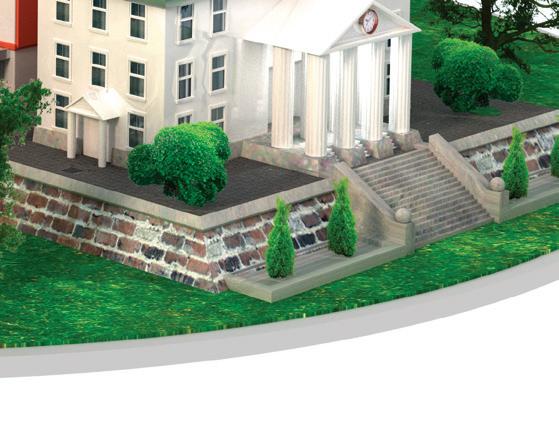
Controlling dust , allergens, and pollutants that can accumulate from foot traffic and outdoor contaminants.
Ready to make better air a priority for your school?


Maintaining proper air pressure differentials to prevent outdoor pollutants, such as dust , pollen, and vehicle exhaust , from infiltrating indoor spaces.
Contact us today to learn how we can deliver Better Air Everywhere.









Scan the code to email our ventilation expert to help you with your next project.
www.systemair.net
To accommodate students who don’t feel safe or comfortable using traditional school bathrooms, the Granite (Utah) district is installing alternative facilities in some of the bathrooms in two high schools under construction.

The district says each of the bathrooms with the new design at Skyline and Cyprus high schools will be designated for a specific gender—those on the main and third floors will be designated for female students and those on the second floor will be designated for male students. Traditional enclosed male and female restrooms will still be available on the same floors as these restrooms.
The alternative bathrooms will have two large entrances that lead to individual small rooms with toilets. Each room will have one toilet and floor-to-ceiling doors and walls, providing students more safety and privacy than traditional restroom stalls. The handwashing area in these restrooms will be entirely open to the hallway
The University of California, Davis, has begun a $5.97 million renovation of the locker room facilities in its Activities and Recreation Center to provide users with greater privacy.
“Everyone will enjoy complete privacy when changing, showering, or using the restroom,” UC Davis Campus Recreation says. “Changing outside private rooms is strictly prohibited.”
The modernized locker room will have eight private changing rooms, four private ADA-accessible showers, and 21 private shower/ changing rooms for a total of 33 private spaces with floor-to-ceiling doors for members to change their clothes.
The project also includes the reconfiguration of the restroom area to install a four-stall men’s room, a four-stall women’s room and
so that staff can provide supervision and deter problems like vaping and harassment.
The district hopes the alternative bathrooms will discourage some of the problems schools have been seeing when students use bathrooms.
“In the last few years, we have seen an upsetting trend where many students do not feel safe or comfortable using traditional enclosed restroom facilities while at school for fear of cyber-bulling and harassment,” the district said on its Instagram page. “Despite banning cell phones, we are still seeing many instances of students being filmed while they are using the restroom, and that content is posted on social media. We continually hear from students who are leaving the campus to go home to use the restroom.”
The district also noted that it has experienced an increase in vandalism because of “challenges” posted on social media (e.g., breaking mirrors, stealing soap dispensers, clogging toilets with toilet paper).
“Schools do not have the manpower to monitor every restroom at all times,” the district says. “With this design, school staff are able to better monitor the handwashing areas and reduce any disruptive, destructive and unsafe behaviors.”
an eight-stall genderinclusive room.

The university says the upgrades will enable the center staff to operate the facility more efficiently and provide timely responses to emergencies or first-aid needs. The updated space also will accommodate all disabilities and provide ample room for mobility.
The locker rooms are scheduled to reopen in September.
The Miami-Dade County (Florida) district is installing vape sensors in the bathrooms of all its senior high schools as it steps up its efforts to combat vaping among students.
The district says the sensors are designed to detect the use of e-cigarettes in restrooms so that staff can intervene quickly and effectively to stop the vaping.
“Making sure our students are safe from the dangers of vaping in our schools is essential,” says Superintendent Jose L. Dotres. “This is yet another example of how student health and safety are our top priorities.”
The decision to broaden the use of vape detectors throughout Miami-Dade, the nation’s third-largest public school system with 337,000 students, follows the success of a pilot program that was
carried out last year at nine high schools.
Miami-Dade also is continuing its comprehensive educational campaign to raise awareness among students, parents, and staff about the harmful effects of vaping. This includes emphasizing its effect on overall health beyond lung function, and the increased risk of addiction.

The district is encouraging parents to talk with their children about the risks associated with e-cigarettes and to collaborate with the school community to create a vape-free environment. School staff will receive ongoing training to identify vaping behaviors and intervene when necessary.
Adult changing stations make college campuses more accessible to students, their families, and faculty with disabilities. The KB3000 from Koala is a dignified solution that is also durable and easy to maintain.
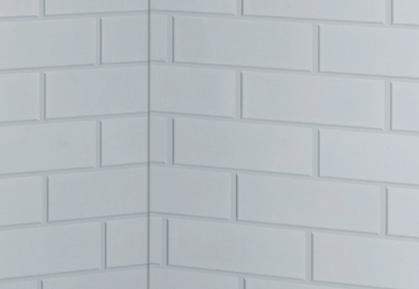

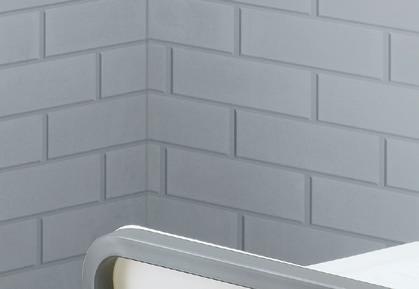

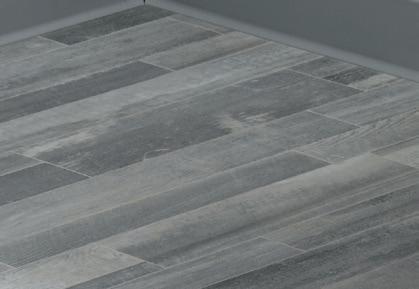

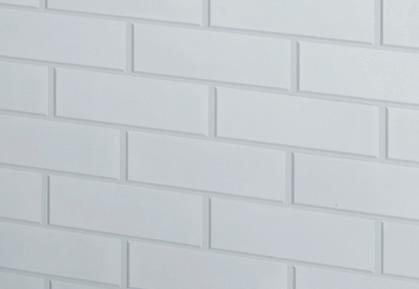
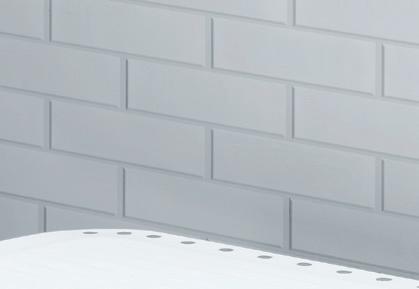

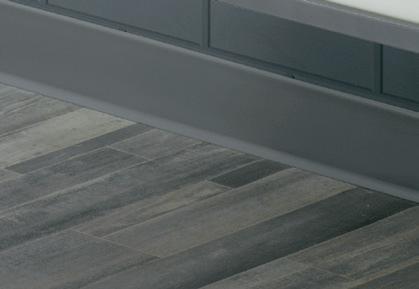








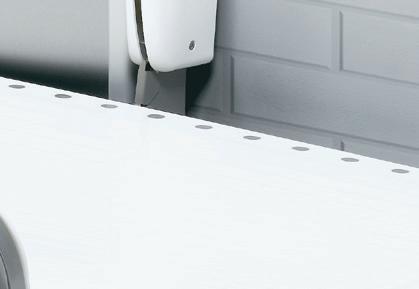

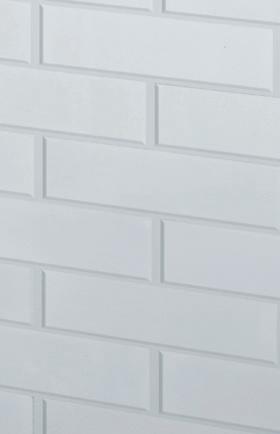

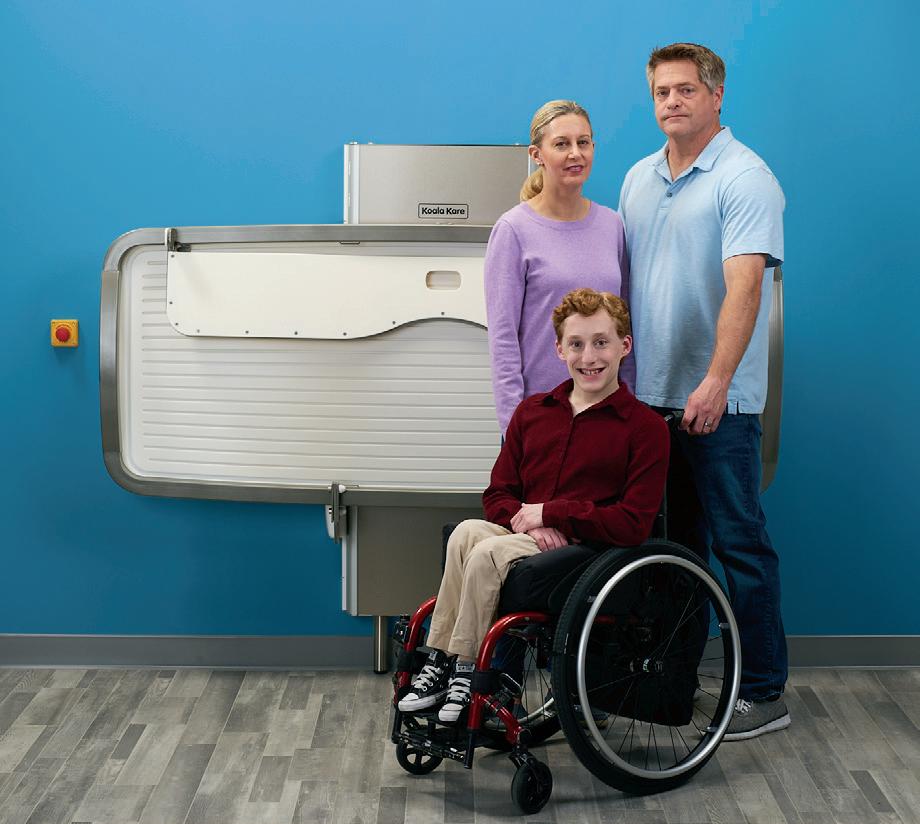




• Height from floor adjusts from 12" to 41" at the push of a button
• Durable, easy to clean plastic changing surface
• Holds up to 500lbs

The State University of New York (SUNY) College at Geneseo has completed a $40 million renovation of its Milne Library.
The university says the facility upgrades include:
• Large windows with views of the Genesee Valley
• Increased seating throughout the library
• Group study rooms
• A new events/multipurpose room for campus activities
• A new cafe serving a variety of food and beverages, plus improved traffic flow making it easier for students to grab meals on the go
• New and improved lighting throughout the building
• New second entrance
The modernization was funded in part by the State University Construction Fund.
The architect is JMZ Architects.
Harding University in Searcy, Arkansas, has started construction on an $8.5 million, 18,000-square-foot library addition for its School of Theology.
The Arkansas Democrat-Gazette reports that the project, an extension of the Brackett Library, will provide School of Theology students with access to one of the most extensive theology collections in the South.
Enrollment in the School of Theology rose in the fall 2024 semester, the university says. The 71 new graduate students enrolled represented a 65% increase from the previous year.
The university says the School of Theology’s collection will be kept intact and made available to students in open, browse-
able stacks on the second floor. Students will have access to multiple study spaces as well as a dedicated study room on the second floor that will be specifically reserved for School of Theology students.

The addition is expected to be completed by March 2026, officials said.
A$90 million renovation of the Mary and John Gray Library has begun at Lamar University in Beaumont, Texas.
The university says the project marks the first major update to the building since it opened nearly five decades ago. The library’s exterior will undergo a transformation; much of the brick facade will be replaced by glass to bring in more natural light and create a more open and inviting atmosphere.
The renovation will include enhanced technological resources,
study spaces tailored to various student needs, and a focus on incorporating natural light throughout the building.

The project is expected to be completed by fall 2026.
An eight-story mural that has adorned the outside of a campus library for nearly 60 years at Bowling Green State University in Bowling Green, Ohio, is undergoing a major restoration.
The mural, created by artist Donald Drumm in 1966, encompasses the east and west side of the William T. Jerome Library. Now, to ensure that the mural remains recognizable and viable for years to come, the university has launched a full restoration project. Work is set to begin in April 2025.
“The William T. Jerome Library Mural Restoration Project goes beyond a basic paint touch-up and cleaning,” said Sara Bushong, dean of University Libraries. “Focused on preservation of the mural, the project will include repairing cracks, stabilizing loose paint, applying protective sealants to guard against environmental damage

and ensuring the mural stays vibrant and well-preserved for the future.”

Interior phase enhancements may include a new skylight and modernized lighting to showcase the internal view of the mural, enhanced exhibit spaces to feature works of public art within the facility, and modernized spaces in support of the academic success of students.
The restoration is set to be completed by November 2025.















Carpeting and resilient flooring choices come with advantages and disadvantages.
By Mike Kennedy
Aschool facility is likely to have a variety of flooring types—carpeting may make sense for some areas, and resilient flooring such as vinyl composition tile may be a preferable option in other spaces.
Each has its advantages and disadvantages, and which flooring types planners and designers choose may involve numerous factors—the function of a space, installation cost, aesthetics, durability, cleaning and maintenance requirements, environmental concerns, staff preferences, among others.
The U.S. Department of Energy’s National Best Practices Manual for Building High Performance Schools says that carpeting is most suitable for classrooms, libraries and administrative areas. Resilient flooring is most suitable for high-traffic areas such as hallways, kitchens, cafeterias, art rooms, bathrooms or anywhere that liquid spills are likely.
The U.S. Environmental Protection Agency (EPA), acknowledging that carpet and resilient flooring are the most commonly used flooring types in schools, says that no matter what type of product is chosen, an effective cleaning and maintenance program is essential.
“Designers should explicitly consider cleaning and maintenance issues when specifying flooring finishes for various uses in schools,” the EPA says.
If resilient flooring is chosen, the agency says, schools should select a floor that has been tested for volatile organic compound (VOC) emissions and can be easily cleaned and maintained with low-VOC cleaners and finishes.
“Flooring with high-performance coatings (‘low maintenance’) should be considered to reduce maintenance costs and the use of cleaners and floor finishes,” the EPA says.
“Low-VOC cleaners and floor finishes are available....Use of the wrong maintenance materials can damage resilient flooring. To help ensure longer life, maintain appearance, and protect indoor air quality, resilient flooring requires proper maintenance.”
Durability is one of the key benefits of resilient flooring. It can withstand constant foot traffic and movement of heavy furniture and equipment.
It also tends to last longer than other flooring choices and is more easily cleaned than carpet.
If a school specifies carpet for one of its spaces, the EPA says, it should choose products that have been tested for VOC emissions and can be easily cleaned and maintained.
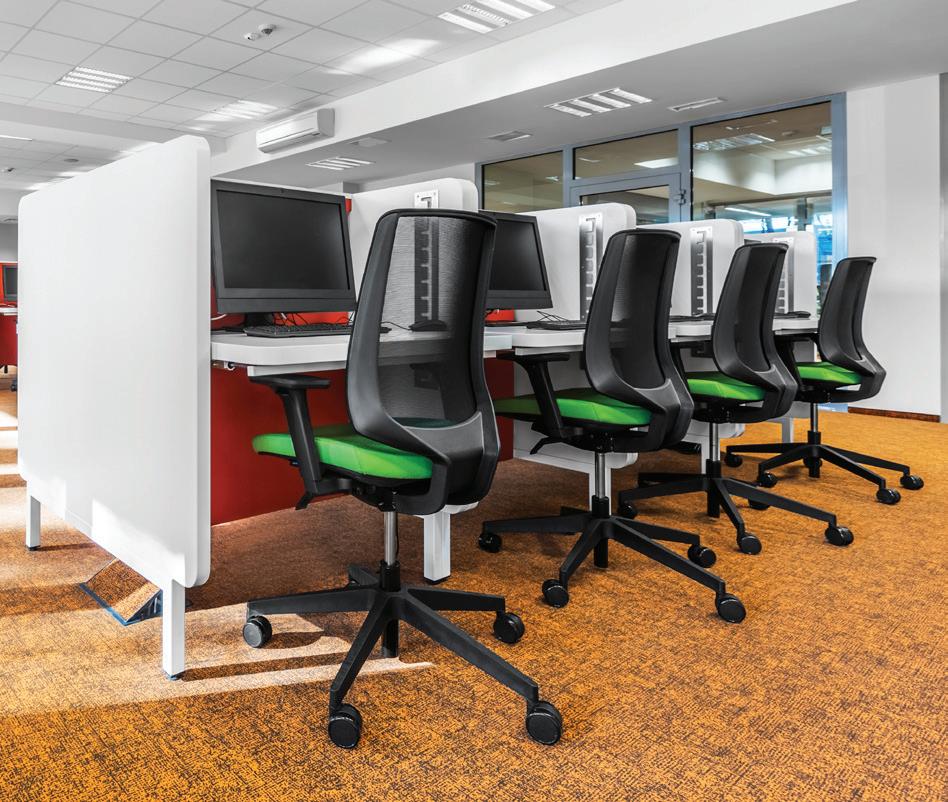
Schools should also select carpets that are constructed to prevent liquids from penetrating the backing layer where moisture under the carpet can result in mold growth, and that can be easily removed without the use of toxic chemicals.
Comfort and acoustical benefits are most commonly cited as a key benefit of carpeting in school spaces.
“For teachers and staff who stand throughout the day, a cushioned walking and standing surface reduces leg fatigue,” the Carpet and Rug Institute says. “Carpet also provides a non-glare surface that reduces reflection and eyestrain.”
The institute also says that carpeting provides more thermal comfort because it retains inside ambient temperatures longer than hard flooring does and is more effective at reducing ambient noise than other flooring choices.
Carpet also can be a reservoir for dust, dirt, pollen, mold spores, pesticides and other materials that may originate indoors or be brought in from outside, the EPA says.
“If kept very clean from the time it is installed, carpet can trap a significant amount of particles, which can be removed through regular and effective vacuuming,” the agency says. “However, inadequate maintenance can allow large quantities of dust and debris to build up in carpet.”
An effective cleaning regimen is critical for carpet care.
“To help ensure longer life, maintain appearance, and help protect indoor air quality, carpet requires regular vacuuming with a well-functioning vacuum cleaner equipped with strong suction and a high-performance filtration bag and periodic wet extraction cleaning,” the EPA says.



Bradley’s cast-formed TLX Series Express® lavatory system is now available in a one-piece, 4-station model. A seamless, complete handwashing package that maximizes value and hygiene, and delivers long lasting performance. Commercial Washrooms. Brought to Life.
4-Stations x4



























By Paul Erickson
Are you creating a school building design master plan that organizes a pathway for enrollment growth and future building expansion? Creating a master plan is essential in orchestrating growth and stimulating forwardthinking future-ready learning ideas.
A building design master plan differs from a long-range facilities master plan. A “facilities” plan analyzes conditions and develops concepts for multiple existing buildings and potential new spaces. A “building design” master plan explores immediate and future construction development for a single facility or site.
To begin, brainstorm with your planning team to establish the school’s vision and purpose. Explore curricula, projected student building capacity and distinctive features (e.g., net-zero strategies, cooperatives, community-use). From the curriculum, educational facility planners generate a program of space needs for learning zones, core spaces, specialty areas, and site requirements as well as amenities. Understand that decisions made initially are bound to change during the process.
Prepare construction and project cost estimates for the building master plan. Initial cost estimating provides guidance to determine construction phasing for enrollment growth and organizing grade configurations. For each construction phase, determine the design concept, student capacity, grade-level configuration, program space needs, interior circulation connections, and how to minimize demolition or remodeling in future phases.
Paul W. Erickson , AIA/ NCARB/REFP, executive officer and partner, is past president of ATSR Planners/Architects/ Engineers, a firm specializing in school planning and design. Erickson has 47 years of experience in school planning, design, and construction, and can be reached at perickson@ atsr.com
For example, planning for a Wisconsin private school has resulted in four phases. Plans call for a 200,000-square-foot 1,200-student K-12 academy, with curriculum centering on connecting skills with real-world applications and future possibilities through inquiry-based learning. Planned site amenities include a stadium, playfields, tennis courts, and parking for 600 vehicles.
Building Phase 1 is designed for 370 students in grades 5 to 12, with initial core spaces, “main
street” circulation, site access, initial parking, and needed playfields. Phase 2 connects to Phase 1 via the “main street” and houses 390 students in grades K-4 and 6-12. Phase 2 also includes core spaces for final build-out of food service facilities, building receiving space, and student commons area. Phase 3 encompasses space for 440 students in grades K-5 and 6-12, a competition gym with locker rooms, and music suite. Phase 4 finishes the project with a 400-student auditorium, football stadium, ballfields, tennis courts, and additional parking.
Master plans also may involve an existing building. Planning with existing conditions requires additional strategies. Brainstorm how to best use existing space. Plan how the curriculum fits with existing spaces and where remodeling is needed.
For the space needs program, develop a comprehensive list of areas (i.e., learning spaces, core areas, support functions), quantities of each space, square footage, mechanical and electrical space, and building circulation and structure. Extract areas from the list, fulfilling each phase in sequences to reach final scope.
Develop cost estimates for the master plan; break down each phase based on space program square footage and expected construction year. Include construction inflation per phase calculated over years according to need and capital campaign scheduling. As phasing progresses, be flexible. Remember, the educational planner, facilities consultant, and architects and engineers are designing a “moving target.” Assumed knowns and constants will change, so remain flexible. While designing Phase 1, consider all phases so that spaces support interim student capacities, building connections minimize future demolition, and mechanical and electrical spaces are situated for best overall operational efficiency. Create a credible master plan that fulfills the long-term educational vision. Those participating in planning and design efforts, financial support and endorsements, and those families enrolling their children in the school will be inspired to participate in an organized pathway to achieve the long-term objective.









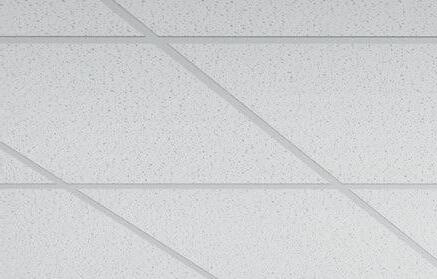







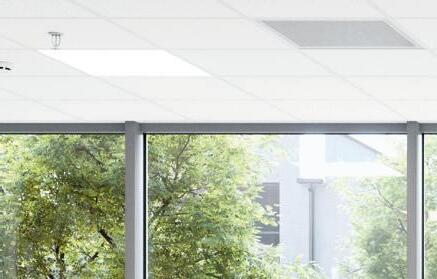


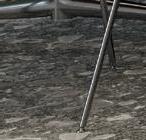
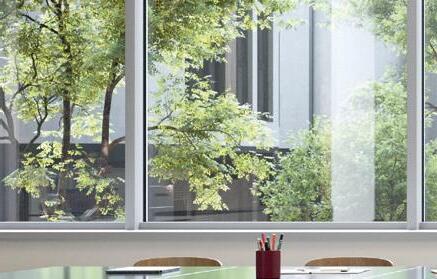




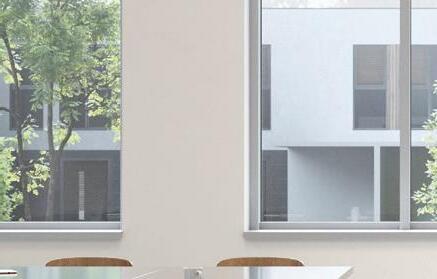





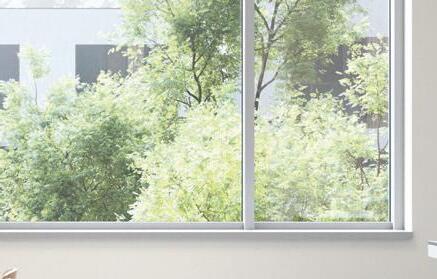








Templok® Energy Saving Ceilings can enhance thermal comfort and reduce your school’s HVAC energy costs and consumption up to 15%*. Templok Ceilings may qualify for up to 50% tax credit, minimizing your overall project cost. Start saving today at armstrongceilings.com/energysavingceilings

is
Schools and universities continue to pursue environmentally friendly and energy-saving strategies for constructing and operating their facilities.
By Mike Kennedy
The political winds have shifted in 2025, and schools and universities may find increased resistance as they pursue efforts to reduce their greenhouse gas emissions and combat global warming.
But the arguments that long ago persuaded educators and administrators to embrace green building design and construction and sustainable operations have not changed. Even if the current circumstances cause some to shy away



Ounce for ounce, a better option for hydration.
With our new Bottle Fillers and Coolers you can embrace style and promote sustainable drinking practices with every sip.

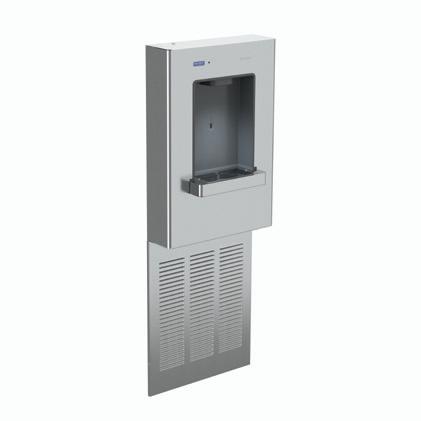
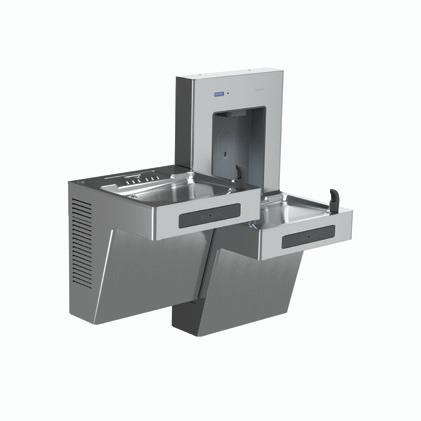
To learn more visit sloan.com/dropspot

from acknowledging the threat of global warming and climate change, the track record of the sustainability movement over the last couple of decades has provided education institutions with enough financial and health-related incentives to stay on the green path.
There can be little debate: Conserving resources is better than wasting them. Safe and healthful learning environments are better than spaces with potentially hazardous conditions that may lead to illness and injury. Spending funds on facilities designed to operate efficiently is better than doling out money on poorly planned energy hogs.
More than 5,000 K-12 schools have received LEED certification for designing and building facilities that incorporate energysaving and environmentally friendly elements and strategies, the U.S. Green Building Council says. . Technological advancement and new construction techniques are helping education institutions to achieve greater success in their sustainability efforts.



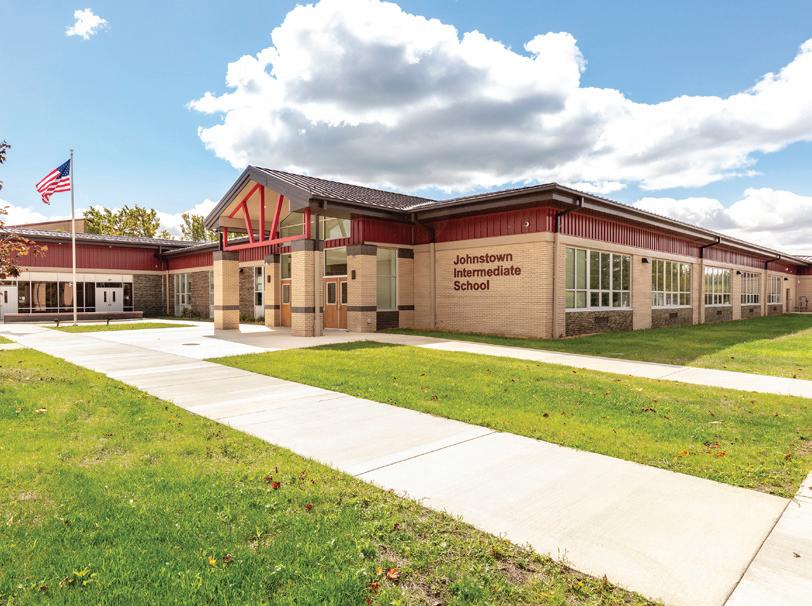
From grassroots recycling efforts in local schools to national coalitions of environmental activists continuing their efforts to reduce emissions, the commitment to sustainability in schools and universities persists.
“The good news is, cities, states, businesses, and local institutions are not powerless,” says Gina McCarthy, former administrator of the Environmental Protection Agency and co-chair of America All In, a coalition of leaders from around the nation working to address the climate crisis. “Many are already speaking out and challenging illegal, unwise, or unjustified actions being taken by our federal government that fail to build on the climate progress our country has already made. At the same time, they and many everyday Americans across our country continue to work together to drive forward innovative climate and clean energy policies and investments.”
Schools and universities have many ways to adopt sustainable practices. Simple strategies like touchless faucets and lights controlled by motion detectors reduce the unnecessary use of water and electricity. Many facilities have incorporated daylighting strategies to orient buildings and place windows and skylights
Entry Forms Due: June 13
Portfolios Due: July 25




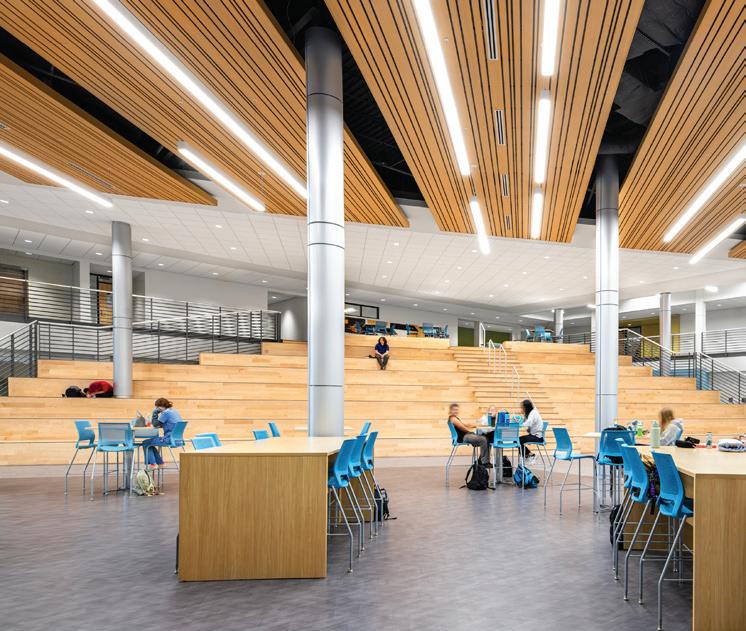
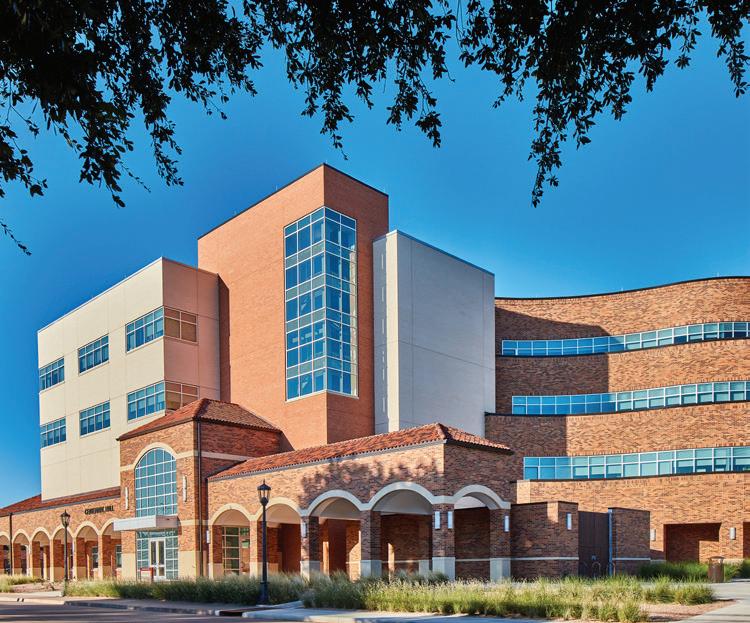
Entry Forms Due June 13. Portfolios Due July 25.
• Discounts for multiple projects and multiple pages.
• Open to projects completed since January 1, 2020.
• Entry categories for pre-K through higher-education. New construction, renovation, and work in progress.
• Featured in the fall 2025 Architectural Portfolio issue, full-screen galleries on SchoolDesigns, and our e-newsletter.
• Larger circulation, including expanded reach to school boards and industry event partners.
• National recognition for you, your project, and the school or university.
• Free print-ready PDF for multiple entries and multi-page projects. Contact Heather Buzzard at hbuzzard@endeavorb2b.com or visit SchoolDesigns.com to enter today.
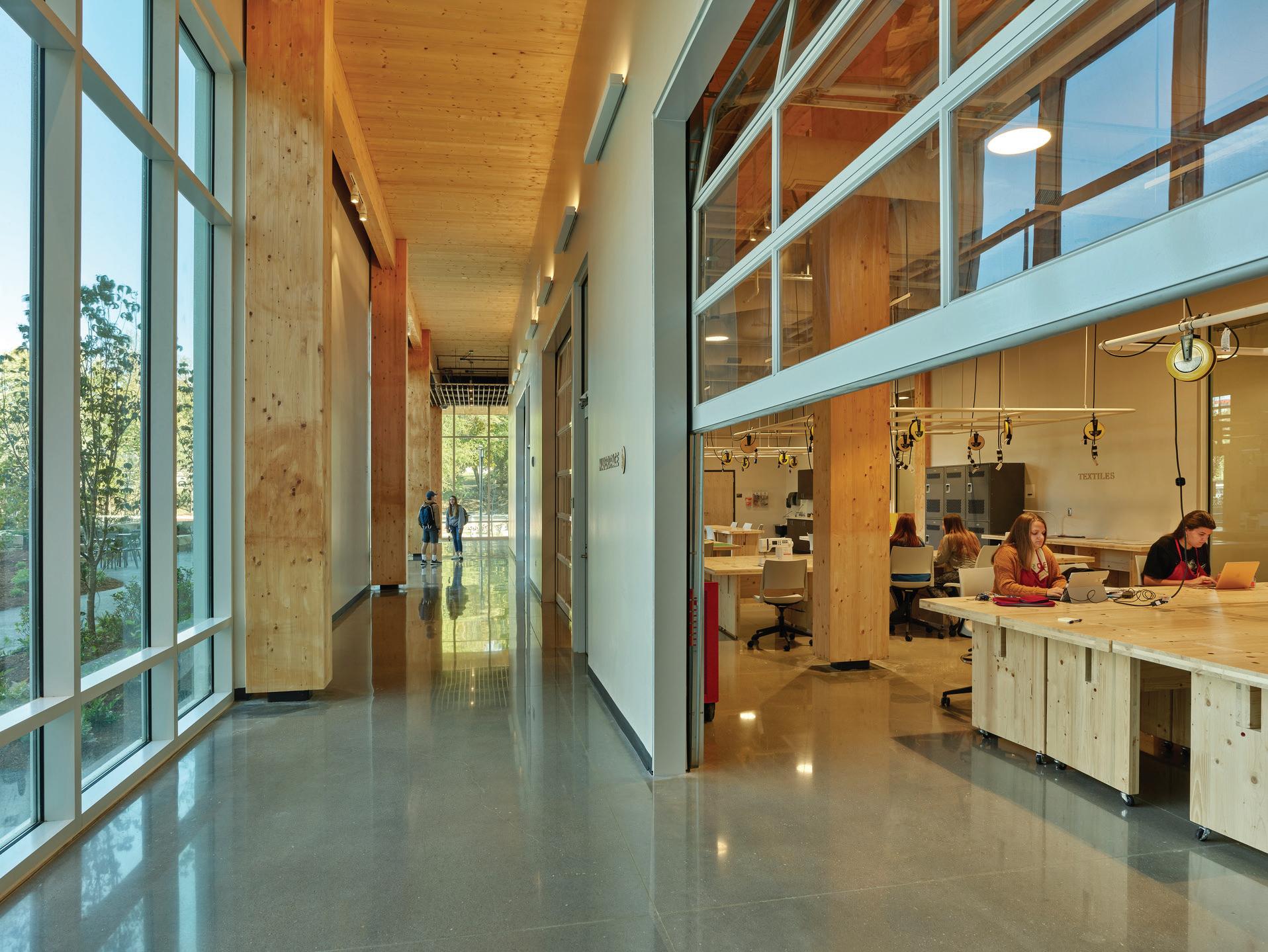
The Center for Green Schools and Green Schools National Network has named schools, students, educators, and other community leaders as the Best of Green Schools for 2025
K–12 School: Rochester School in Colombia was built in 2012. The school has achieved over 70% energy savings and 40% potable water savings compared with a conventionally built school of the same size. The campus has a solar aquatic center, intelligent classroom hubs and other campus features that servwe as a living textbook for the curriculum.
Ambassador: Lauren Click , executive director of Let’s Go Compost in Arizona is transforming food waste education in public schools. Under Click’s leadership, the nonprofit organization provides hands-on composting educational tools that make waste reduction education accessible .The program expanded in 2024 to 111 public schools, 75% of which are Title I.
School System: Denver Public Schools has been working on sustainability initiatives since 2009, focusing on environmental protection, economic prosperity and social development. The district’s sustainability team engages students and staff in creating a livable future and thriving learning environments.
Student Leaders: Emma Weber and Molly Weber from Boulder, Colorado, spearheaded a campaign for climate justice in their school district and later expanded it statewide. They built a network of over 60 students in their district and won a first-of-its-kind Green New Deal for Schools resolution through their school board. They are now working with state senators and representatives to pass legislation. Their efforts have focused on sustainable infrastructure, climate curriculum, climate disaster plans and pathways to green jobs in public schools.
Business Leader: Texas Disposal System’s educational program, Eco Academy, is designed to help minimize waste in Central Texas schools by educating students about trash, recycling and composting options on their campuses. The program provides training, curriculum, signage and other educational materials for staff, administrators and students to make recycling fun and to enable real-world application.
Policymaker: U.S. Rep. Bobby Scott of Virginia., and U.S. Sen. Jack Reed of Rhode Island have been steadfast in supporting a federal role that ensures that high-need communities have resources to build and repair school facilities. Through their introduction of the Rebuild America’s Schools Act, which would invest $130 billion in school buildings, they have led the way for their colleagues. In 2023, their offices were essential in funding a national clearinghouse for school infrastructure and a grant program to help states better serve their school districts.
K–12 Educator: As a teacher in the Boise (Idaho) School District, Erin Stutzman empowers students through community outreach and project- and place-based learning. Through collaboration with Nez Perce youth and tribal elders in Lapwai, Idaho, her students have built partnerships around shared environmental goals. Together, they have secured rooftop solar panels through grant writing, advocated for climate action in schools and supported the Save Our T-Pack initiative to protect Idaho’s wolves.
School District Champion: Darien Clary, director of sustainability at the Austin (Texas) Independent School District, has led efforts since 2016 to integrate sustainability across the school system’s 130 facilities, 73,000 students and 10,000 staff. Her work has influenced green building practices, renewable energy and sustainable food systems.

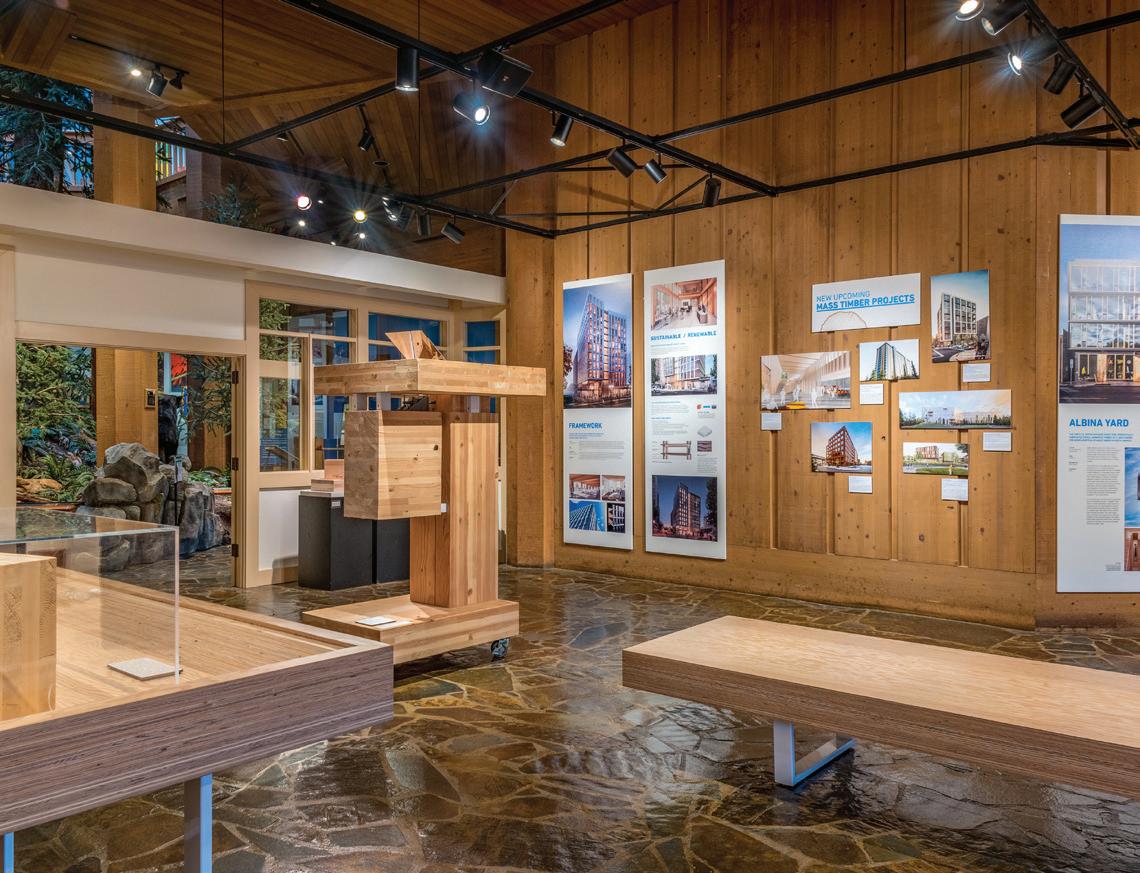
in ways that maximize the benefits of natural light and reduce the dependency on artificial illumination.
Here are some recent projects that show education institutions’ continuing commitment to sustainability.
Solar energy: The Catholic University of America in Washington, D.C., has installed a 7.5 megawatt solar array on its campus. It has been billed as the nation’s largest urban ground-mount solar array. The project consists of a field of 42 rows of solar panels on a 40-acre tract that was going to be a parking lot.
The university says the panels will reduce greenhouse gas emissions by an estimated 7.1 metric tons—equivalent to removing 1,547 cars from the road or eliminating carbon dioxide emissions from 800,630 gallons of gasoline. It is projected to save $3.5 million over 20 years for those receiving energy from the panels.
Mass timber construction: Boston University has announced plans to build a 12-story mass timber facility for The Frederick S. Pardee School of Global Studies. Using wood to construct the tower means that the building will have a much smaller carbon footprint than a comparable project built with steel or concrete.
The process of extracting, manufacturing and transporting the steel or concrete needed for construction can release a significant amount of greenhouse gases. Those carbon emissions already are embodied in a project before a building begins operating. Wood, on the other hand, is a renewable resource, and the wood used in constructing a building sequesters the carbon it contains for the life of the building. When the building’s life is over, the wood can be recycled.
Mass timber uses large solid wood panels for wall, floor and roof construction. The panels typically are formed through lamination, fasteners or adhesives, and give the resulting product strength that enables it to compete with steel and concrete as a building material.


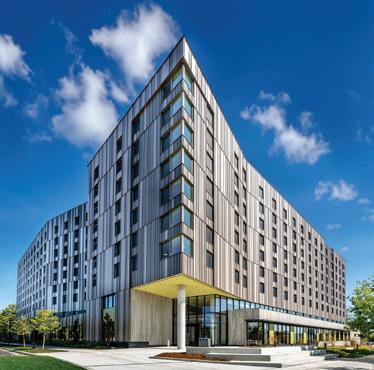










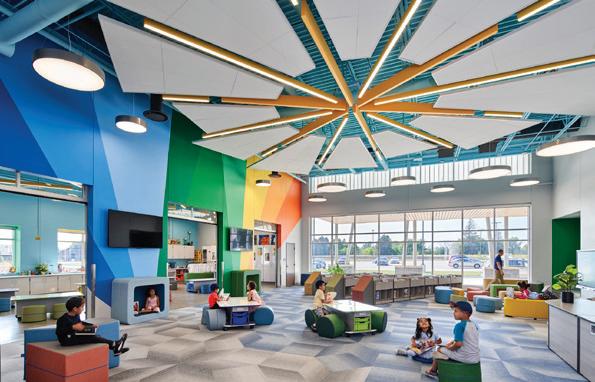







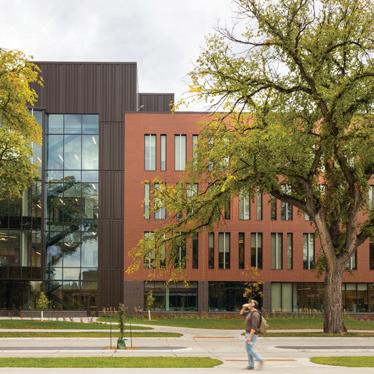









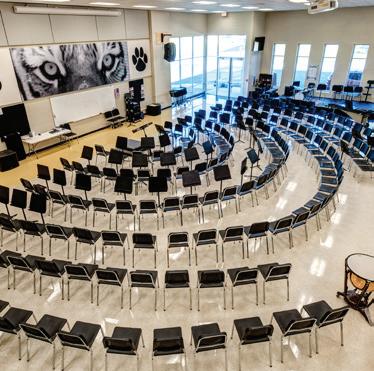



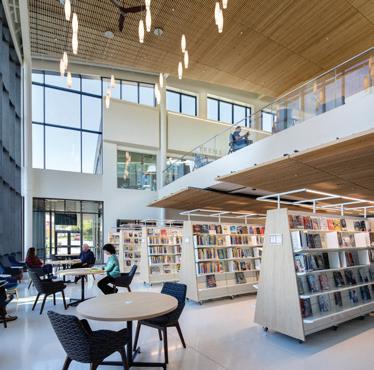

LEED Platinum: Two university arts facilities—one on either coast of the United States—have received LEED Platinum certification, the highest designation from the U.S. Building Council for environmentally friendly design and construction.
New York University says the Martin Scorsese Virtual Production Center in Brooklyn has adopted stringent environmental guidelines used in professional film production, including restrictions on the use of plastic bottles, preference for rented rather than newly built sets, and the donation of props and other materials to local organizations. The facility features two 3,500-squarefoot double-height, column-free stages, two 1,800-square-foot television studios, state-of-the-art studio control rooms, dressing rooms and makeup areas, a cafe, scene workshop, and offices.
The center also trains students in sustainable filmmaking techniques. Virtual production uses game engine software, graphics cards, camera tracking, and performance capture to create visual effects in real time, rather than in post-production. Virtual production promotes sustainability because it limits lengthy amounts of post-production and reduces the need to film on location.
On the other side of the country, at the University of Southern California in Los Angeles, the Dick Wolf Drama Center has received a LEED Platinum rating for its environmentally friendly modernization.

The 94-year-old facility, formerly a church and now home to USC’s School of Dramatic Arts, underwent a four-year rehabilitation that converted a chapel to a theater space and a lower-level meeting area into a performance space. The renovated structure benefits from natural ventilation through operable windows; it also has a highly efficient all-electric heating, ventilation and air conditioning system.
Mike Kennedy, AS&U senior editor, can be reached at mkennedy@ asumag.com.



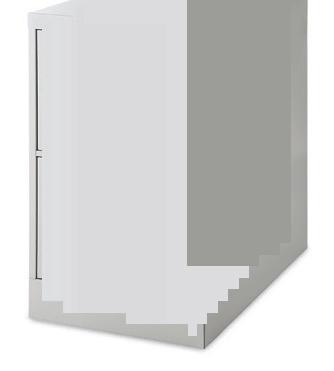




Recent studies show that upgrading HVAC systems and using HEPA filters to improve air quality in classrooms provide health and economic benefits for students.
By Mike Kennedy
Five years have passed since the outbreak of Covid-19 infected millions and led to the cancellation of nearly all classroom instruction across the nation. Schools and universities learned many lessons as they navigated the path from total shutdown to remote online instruction to an eventual reopening of campuses.
A key takeaway for administrators and educators who managed facilities during the Covid-19 pandemic was a heightened awareness of how potentially hazardous viruses can spread through the air circulating inside a building and a greater understanding of the critical role that providing well-ventilated classrooms has in protecting students and staff from disease.
For many education institutions, the pursuit of better ventilation and healthful indoor air quality led them to allocate some of their federal Covid relief funds for upgrading or replacing HVAC systems. Some schools and universities also have installed
air cleaners with high-efficiency particulate air (HEPA) filters to further enhance the indoor air quality in classrooms and other learning spaces.
Those improvements appear to be wise decisions, according to the results from a couple of recent studies that examined how HVAC upgrades and the use of HEPA filters affected indoor air quality in school facilities.
“We find that improvements in school HVAC system conditions over time reduce student absence, reduce student suspension, and modestly increase student math and reading scores,” a study from the Annenberg Institute at Brown University concluded “Heating and cooling system replacements and reconstructions also increase student math achievement. We conclude that investments made now to improve school HVAC systems can benefit not only student comfort and well-being, but also enhance educational opportunity.”

In another study, researchers at the University of California Irvine’s Joe C. Wen School of Population & Public Health found that adding portable high-efficiency particulate air (HEPA) air cleaners to classrooms that already had existing HVAC systems with air filters resulted in lower measurable particulate matter concentrations and less infiltration of outdoor particulate matter compared with control classrooms with non-HEPA filters.
“This demonstrates that further improvements in classroom air quality, especially in environmentally burdened communities, can be achieved with additional filtration,” the Irvine study says.
The Annenberg Institute study, “The Effects of School Building HVAC System Conditions on Student Academic and Behavioral Outcomes,” was conducted by Lucy C. Sorensen, Moonae Hwang and Marzuka Ahmad Radia, researchers at SUNY Albany. They examined data from 2,600 public school buildings in New York state (excluding New York City) from 2005-06 to 2018-19.
“Overall, the study found that poor HVAC system conditions negatively impact student outcomes, while improvements and replacements in these systems lead to measurable gains in attendance, behavior, and academic performance,” the study says.
The researchers found that cooling system replacements boosted math scores by 3%, and heating system replacements led to a rise of 4%. Improved heating system conditions led to a 3% decline in absenteeism, a 6% drop in suspension rates, and a 5% rise in math scores. Better ventilation systems led to a 2% reduction in absenteeism and a 7% drop in suspension rates.
The study also found that schools serving larger proportions of economically disadvantaged students, as well as those with more Black and Hispanic students, were more likely to have unsatisfactory or non-functional HVAC systems.
The authors provided several possible explanations for the improvements found in upgraded HVAC systems:
• Better ventilation improves air quality, which could reduce illnesses like asthma that contribute to absenteeism.
• Improved heating and cooling systems create more comfortable learning environments, enhancing focus and reducing classroom disruptions.
• Effective ventilation systems help prevent the transmission of airborne diseases, which could lead to fewer absences.
“While the effects of better HVAC systems are modest, they are consistent enough to support the argument that investments in school infrastructure—particularly HVAC systems—would boost educational outcomes and address longstanding inequities,” the study says “The findings also align with a growing body of research that shows school building conditions, including air quality, temperature regulation, and overall maintenance, have positive effects on student success.”
The UC Irvine study by authors Shayna C. Simona, Scott M. Bartell and Veronica M. Viera sought to assess whether add-
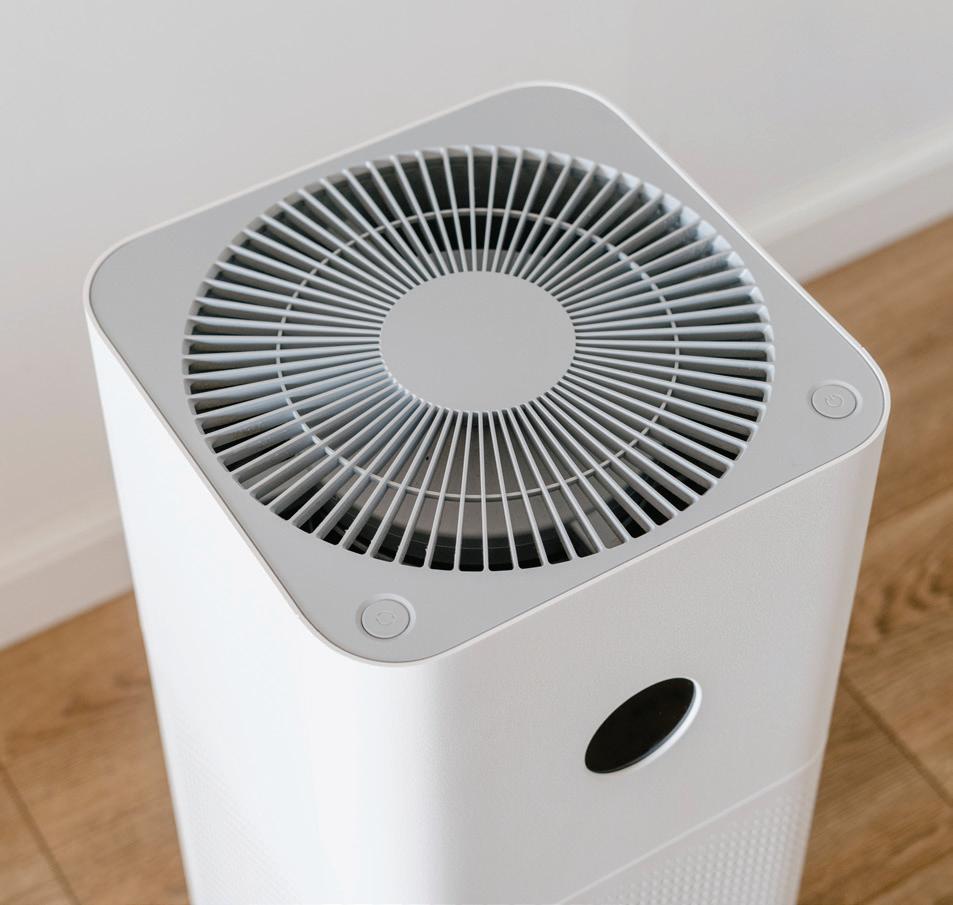
ing HEPA filter air cleaners to classrooms with existing HVAC system reduces exposure to indoor air pollution. The researchers monitored particulate matter (PM) concentrations during 202223 and 2023-24 in classrooms at 17 schools in the Los Angeles Unified District. Each classroom had an existing HVAC system maintained by the school district that used minimum efficiency reporting value (MERV) 13 filters since the Covid-19 pandemic.
The schools were chosen because they were near the Port of Los Angeles, major highways, industries, and oil refineries, areas where air quality has historically been poor compared with other areas of the district.
“Not all classrooms have the same air quality—especially in communities with lower socioeconomic status and higher minority populations, where children are often exposed to more air pollution,” said Vieira, chair and professor of environmental and occupational health.
The study found that adding portable HEPA air cleaners to classrooms that already had HVAC systems with MERV 13 air filters resulted in lower measurable PM concentrations and less infiltration of outdoor PM compared with control classrooms with non-HEPA filters. In HEPA classrooms, the average PM concentration was 39.9% lower and infiltration of outdoor PM into classrooms was 13.8% to 82.4% lower than non-HEPA classrooms.
“When properly maintained, portable air cleaners with HEPA filters are effective at removing PM from classrooms,” the study concluded. “Our findings provide support for the use of portable air cleaners with HEPA filters in classrooms to reduce PM, even in classrooms with existing HVAC air filtration.”
Mike Kennedy, AS&U senior editor, can be reached at mkennedy@ asumag.com
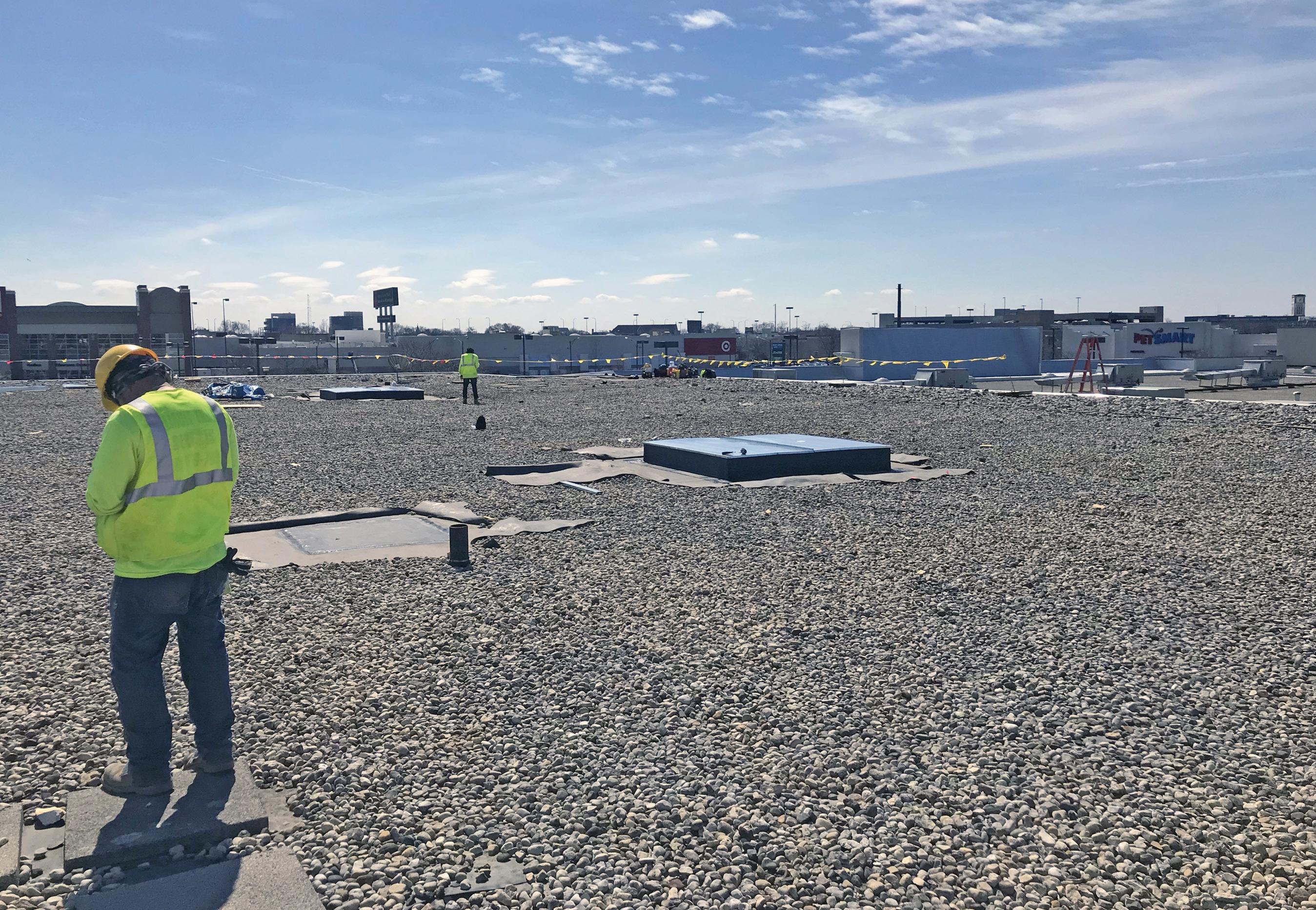
Regular roof inspections will help schools identify and remedy problems before they become expensive headaches.
By Mike Kennedy
Debris falling from ceiling. Walls and ceilings stained from leaks. Trash cans and buckets strategically positioned to collect liquid dripping from above. Roofs that collapse from heavy snow or storm damage. Students displaced from their classrooms because leaks or other problems made the spaces unsuitable for instruction. Needed repairs identified but deferred because other more visible facility needs have been given priority.
It’s not too hard to find school facilities that have experienced problems like those listed above. Roofing is one of critical elements in a safe and healthful school facility and is also one of the building features that schools have struggled to maintain and repair.
A frequently cited 2020 study by the Government Accountability Office looked at the condition of K-12 school buildings, and 27% of the districts surveyed said that at least half of their schools needed to have roofs replaced or updated. The GAO estimated that 28,000 schools nationwide needed to update or replace roofing.
Many schools have been able to address some of their roofing problems with the federal relief funds disbursed in response to the Covid-19 pandemic, but the need for better maintained roofs still is great, and meeting those needs will be more challenging going forward because Covid relief funds no longer are available.
Ignoring or deferring roofing maintenance can lead to serious trouble that jeopardizes the health and safety of building occupants and creates or exacerbates building deterioration.
A roof leak can seep into the building interior and damage ceilings, walls, floors, and electrical and mechanical systems. Leaks also can damage building insulation and cause heating and cooling costs to rise because building systems are operating less efficiently.
Moisture that settles unseen behind a building’s walls can create an environment for mold and mildew growth, which can cause significant health problems for staff and students, especially those who have asthma or allergies.
The building deterioration that results from unchecked leaks can cause falling debris, either outside from loose roofing materials or inside from crumbling pieces of a ceiling or wall. Students or staff may be injured, and equipment, books and other materials may be damaged.
Leaking water also can damage electrical wiring and can lead to slippery surfaces and injuries from falls. If leaks and resulting building damage become severe enough, classrooms and other parts of a facility may no longer be suitable for learning, and students may have to be relocated to another part of the building or a different building altogether.
As a general rule, schools are advised to carry out inspection of their roofs at least twice a year, typically in spring and fall. Too often, schools find it easier to put off maintenance and repairs on roofs in favor of other facility needs that more immediately affect people in the building.
Regularly scheduled inspections enable workers to detect deterioration or damages early on before leaks and other problems mushroom inside the building and require expensive facility repairs.
At its most basic, an inspection should look for visual evidence of deterioration on roofing surfaces—cracks, blisters, gaps, loose flashings, cracked caulking, standing water. Maintenance staffs should keep thorough records of their inspection so they can track potential problems and take action when repairs are called for.
The Coalition for Adequate School Housing (CASH) in California has a Facility Inspection Tool Guidebook that provides additional tips for school maintenance workers assessing roof conditions:
• Gutter systems, including downspouts, should be intact, anchored to the building, and free of damage that would affect drainage
• Gutter systems should be free of debris
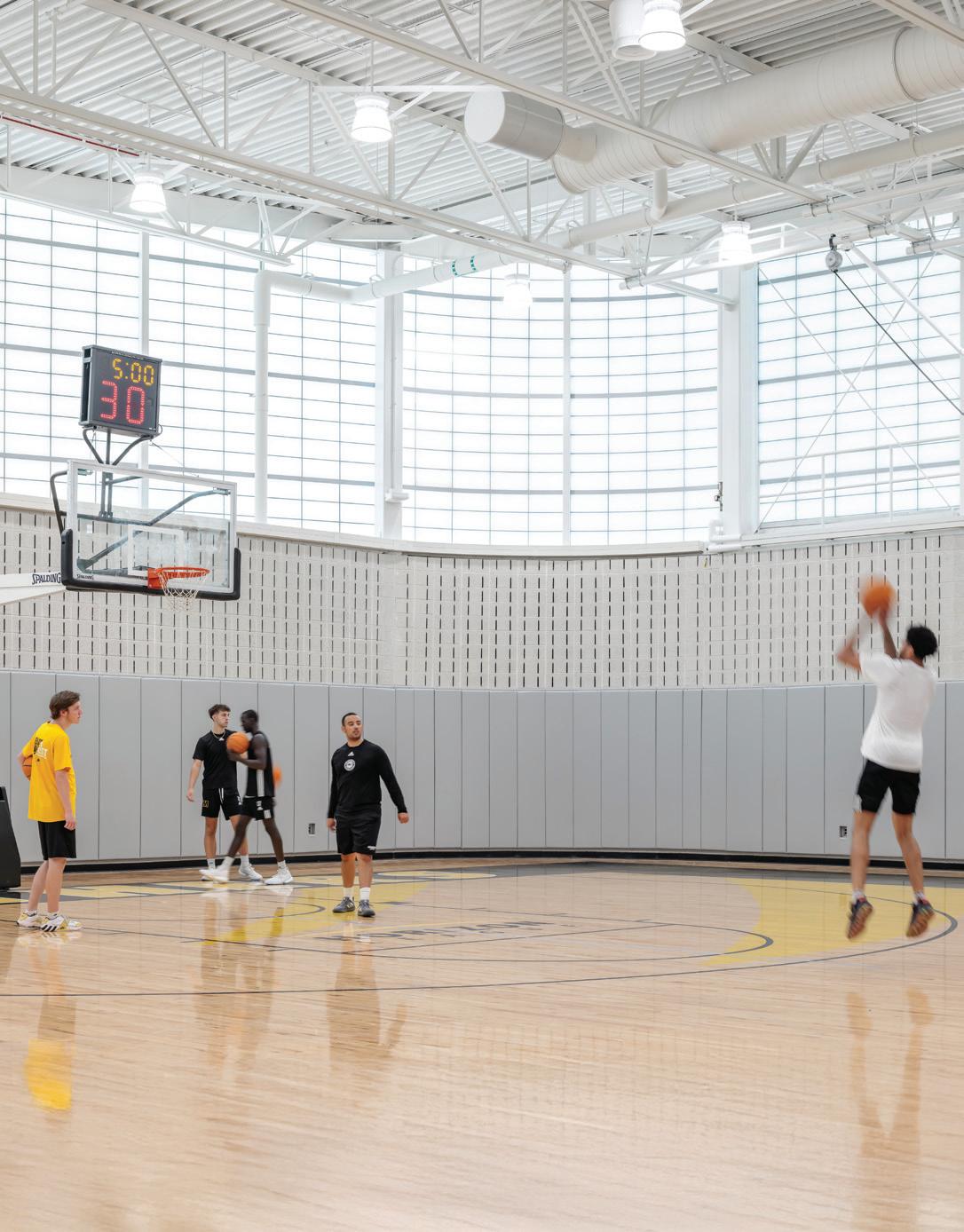
• Classroom ceilings and walls should be free of active roof leaks (i.e. ,dripping and leaks evident on the day of or a day immediately after a rain)
• Check for nests and droppings or foreign substances that would corrode roofing material, sealants, or obstruct gutters and drainpipes or air intakes or exhausts.
CASH also recommends that schools keep good records of maintenance and inspections, and move quickly to deal with small leaks before more serious water damage develops.
When making repairs, workers should make sure that repair materials such as hot pots of tar are kept away from outdoor air intakes to ensure no odors or contaminants get into building. Such repairs also should be carried out if possible when the facility is unoccupied.
Schools would see an improvement in roof upkeep if more of them made roofing inspections and assessments a higher priority; putting off routine tasks may be tempting, but a building may end up needing expensive repairs that could have been avoided. And regular roof inspections will be effective only if schools are able to dedicate more funding to carry out the maintenance, repairs and replacements that those inspections identify as necessary.




productivit y
To b e m ost pro duc ti ve, one nee ds
e nv i r o n m e nt a l q ua l i t y a n d p e o p l e t h r i ve Day l i g ht i n g d o n e r i g ht ha s b e e n p r ove n
re d u c e a b s e nte e i s m a
ha
sustainabilit y
Transluc ent Kalwall panels provi de p er fec tly dif fus e dayli ghtin g that evenly bathes s pac es in natural li ght, meanin g fewer li ghts on durin g the day O ur hi gh recyc la b ilit y an d l ow emb o die d c ar b on ratin gs are planet-frien dly Even b et ter, our b est- in - c la s s thermal p er forman c e means you get sup er b dayli ght with out any s olar heat gain That means s avin gs for elec tri c al an d c o olin g c osts, whi c h is g o o d for b oth your b ot tom line an d the environment
www.asumag.com www.schooldesigns.com
To purchase custom reprints or e-prints of articles appearing in this publication contact reprints@endeavorb2b.com.
This magazine is available for research and retrieval of selected archived articles from leading electronic databases and online search services, including Factiva, Lexis-Nexis and Proquest.
Your privacy is a priority to us. For a detailed policy statement about privacy and information dissemination practices related to Endeavor Business Media products, please visit our website at endeavorbusinessmedia.com.
Bradley Company’s space-saving Halo™ Swing-Activated Faucet and Eyewash is now available with an additional higher-profile faucet option that increases handwashing space. Its dual-use design provides a reliable, compact and convenient solution for use in any work or laboratory environment. The new faucet option features a gooseneck faucet with a higher-profile spout that rises 15.78 inches above the fixture, allowing for greater reach. The original gooseneck faucet option, which is still available, features a lower-profile spout that rises 11.75 inches above the fixture. The high-profile option has a 180-degree return on the faucet, pointing the faucet directly down into bowl, which is a requirement in some areas.
https://www.bradleycorp.com/halo-swing-activated-faucet-eyewash
The new Trane® Hydronic Branch Conductor helps retrofit and new buildings achieve higher energy efficiency and zone comfort from decarbonized, electrified heating and cooling without major structural disruptions. The Hydronic Branch Conductor, patent pending, supports simultaneous heating and cooling capabilities, and in certain applications can improve heating efficiency by more than 35%. The conductor enables the repurposing of existing water piping for both heating and cooling distribution, even in buildings with existing two-pipe branch systems, to help achieve sustainable comfort with minimal structural changes.
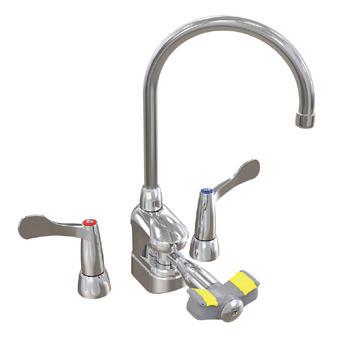

https://www.trane.com/commercial/north-america/us/en/products-systems/systems/system-components/ hydronic-branch-conductor.html
Zurn Elkay Water Solutions has released an updated line of Elkay Filtered Bottle Filling Stations. The updated units combine a sleeker design with upgrades that lower long-term labor costs and simplify filter maintenance. With an innovative, design-forward architecture, these units provide an elevated look to enhance office spaces, gyms, and more. The stations deliver cleaner, safer drinking water using the most advanced filtration on the market. Elkay’s commercial-grade WaterSentry® filters have the highest level of certification in the water delivery space and reduce contaminants including lead, PFOA/PFOS, and microplastics.
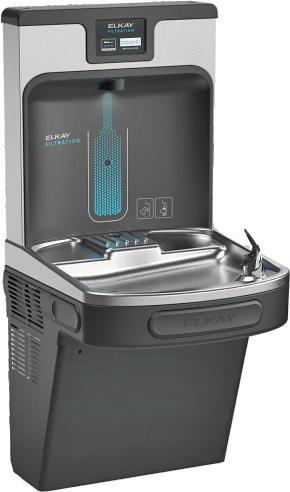
https://www.elkay.com/us/en/drinking-water/bottle-filling-stations/filtered-bottle-filling-stations.html
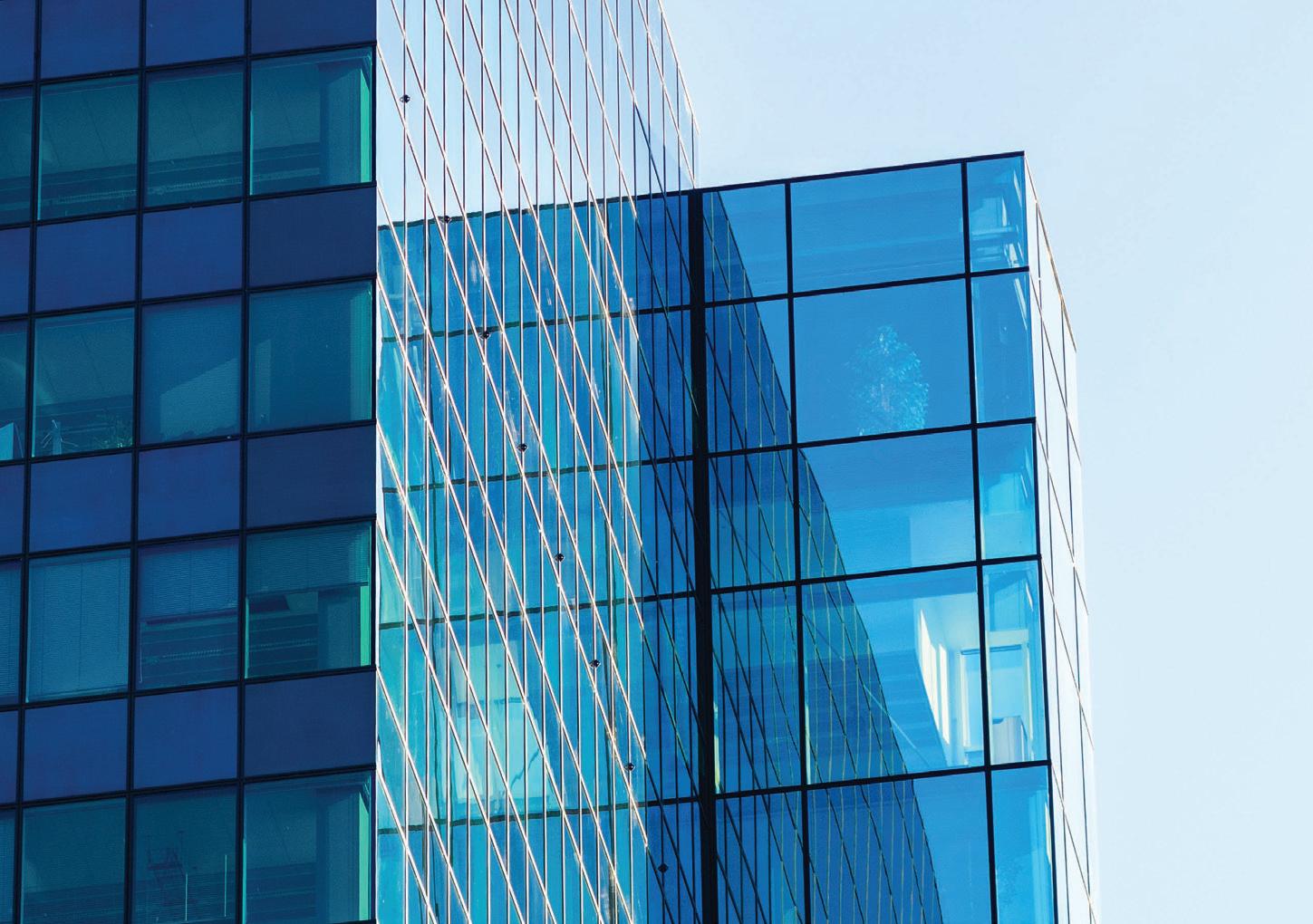
Joe Agron
Director of Sales
Buildings & Construction Group 941-200-4778
jagron@asumag.com
Brian Sack
Account Manager East & Northeast 732-629-1949
bsack@endeavorb2b.com
Randy Jeter
Account Manager South 512-263-7280
rjeter@endeavorb2b.com
Bill Boyadjis Account Manager Midwest 973-829-0648
bboyadjis@endeavorb2b.com
Ellyn Fishman
Account Manager West 949-239-6030
efishman@endeavorb2b.com
Steve Suarez
Account Manager 816-588-7372
ssuarez@endeavorb2b.com
Commercial Zone is opening the door to effortless waste management with 25-gallon PolyTec™ Series Side Entry Containers. This new series is ergonomically designed with a hinged door for quick and easy emptying. Doors also include a built-in lock to prevent unauthorized access. Using a dual-sided flipper lid, PolyTec Series Side Entry Containers enable businesses to keep trash, recycling and compost out of sight while preventing overflows, reducing odors and deterring pests. Made from durable, heavy-duty polyethylene, each container is blow-molded using a joined lid and base design, which keeps the elements out and eliminates the risk of lids blowing away.
www.commercialzone.com
Carnegie, a manufacturer of sustainable commercial textiles and acoustical management products, announces Carnegie Siltech Plus, a part of the An Ode to Textiles collection. Siltech Plus features bio-based polyurethane-coated upholsteries made with corn starch. Combining sustainability with superior performance and cleanability, Siltech Plus prioritizes extreme durability, hydrolysis, bleach cleanability, stain resistance, and comes with a 10-year warranty. All products in the Ode to Textiles collection are 100% PVC-free, PFAS-free, and free of harmful chemicals. https://carnegiefabrics.com/



3form, a producer of sustainable materials and design-driven surfaces, has unveiled its 2025 Color Collection, a 10-color palette that channels the emotional power of color in design. Each hue in the collection was selected to create a specific emotion. Greens (Jewel and Bouyant) represent the calmness and restorative properties that biophilia brings to a space; Purples (Winterberry and Teaberry) highlight sophistication and elegant emotion; Orange/Reds (Vermillion and Sunstone) symbolize boldness, strength, and confidence; Yellows (Pharoah and Lemon) radiate joy, happiness, and a bright and optimistic mood; Neutrals (Ivory and Tourmaline) ground spaces with stability, maturity, and balance.
https://3-form.com/


Earn AIA continuing education (CE) credits through our online courses and webinars, designed to help you advance your skills and maintain your professional credentials with ease. Learn at your own pace and on your own schedule, with on-demand access to our educational content anytime, anywhere and earn LU|Elective and LU|HSW credits in the process. See more CEU courses at https://archdesignmaster.com/
How Architectural Finishes
Create a Total Transformation
3M™ DI-NOC™ Architectural Finishes enable owners to create the look they want in their building – at a fraction of the cost.
AIA Credits: 1 LU
Color Theory Helps Explain Our Relationship to Nature and Wellbeing
This CEU explores people’s interactions, effects and perceptions of color and its impact on wellbeing.
AIA Credits: 1 LU/HSW


Credits Approved by: CEUs Powered by:
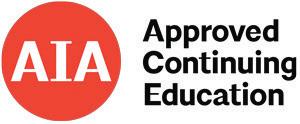
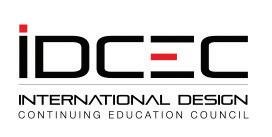

Lessons in Renovation and Adaptive Reuse
Discover solutions for improving acoustics, bringing daylight deeper into the floorplate, and improving energy performance with interior and exterior products.
AIA Credits: 1 LU/HSW
Practices
This course is on the basics of realizing deep savings on building systems such as lighting, HVAC, building automation.
AIA Credits: 1 LU



Earn AIA credits for free today!


Bradley’s Express® TLX Series 4-station Lavatory System.
bradleycorp com/express-lavatory-systems

Adult changing stations make any type of campus more accessible to students, their families, and faculty with disabilities. The KB3000 is a dignified solution that is durable, easy to maintain, and easy to use.
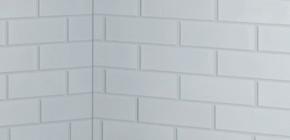



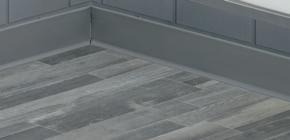

2504ASU_Bradley_MKPL.indd 1 3/13/25 9:22 AM
2504ASU_KoalaKare_MKPL.indd 1
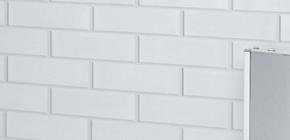

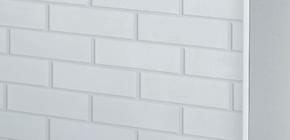
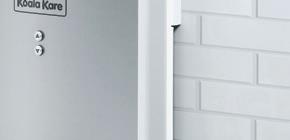


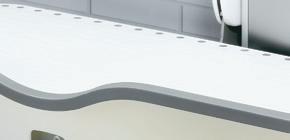



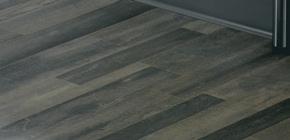


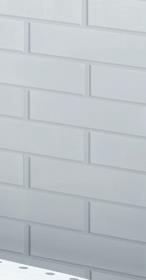
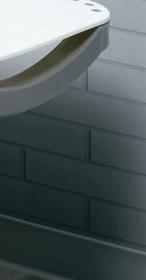
3/14/25 1:24 PM
www.aaon.com
Armstrong World Industries 17, 33 www.armstrongceilings.com/ energysavingceilings
Bradley Company 3, 15, 32, 33 www.bradleycorp.com
+ thermal per formance
+ balance
+ sustainabilit y + wellness
+ ef ficiency
+ safet y
kalwall.com
2504ASU_Kalwall_MKPL.indd 1
Carrier Corporation 13 www.carrier.com/highered
Clorox Company 5 www.cloroxpro.com
Daikin Comfort Technologies BC www.daikincomfort.com
Facilities Expo IBC www.facilitiesexpo.com
Kalwall Corporation 29, 32 www.kallwall.com
Karcher North America 7 www.karcher.com/us
Koala Kare Products 11, 32 www.koalabear.com
Protect-All Flooring 23, 33 www.protect-allflooring.com
Sloan Global Holdings 19 www.sloan.com/dropspot
Systemair 9, 33 www.systemair.net
Uline 25 www.uline.com
2/12/25 8:51 AM














































































































































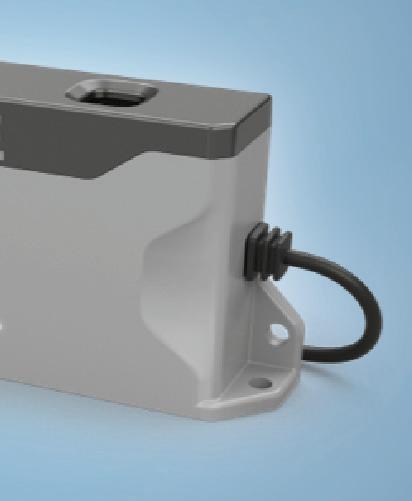







Breathe easier in the classroom with our Needlepoint Bipolar Ionization (NPBI) Systems.
Designed to seamlessly integrate with our Changeair Vertical Unit Ventilators, this advanced technology enhances indoor air quality (IAQ) to support student health and concentration. By reducing airborne contaminants, allergens, and odors, NPBI creates a cleaner, safer learning environment—because fresh air fuels better learning.
www.systemair.net
2504ASU_Systemair_MKPL.indd

















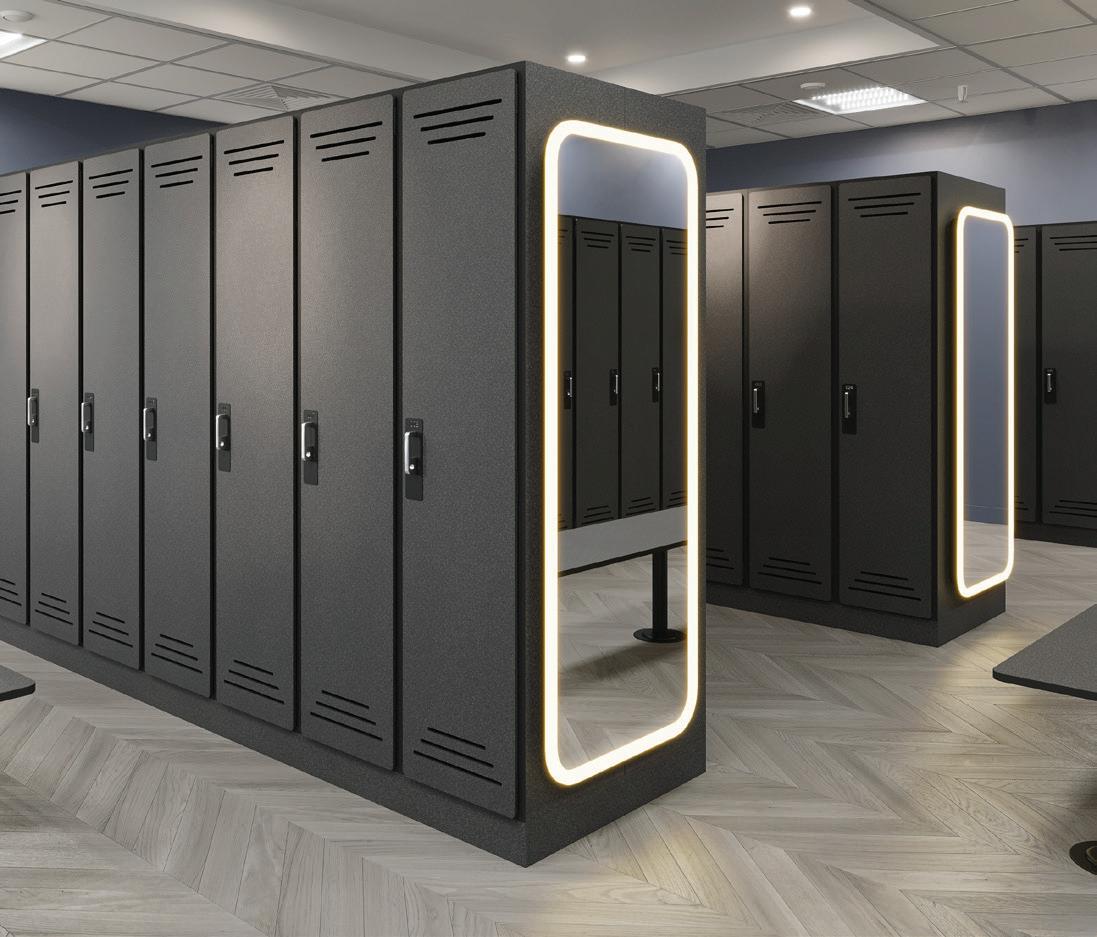











Stanford University has dropped plans to buy the Notre Dame de Namur University campus in Belmont, California.
The San Francisco Chronicle reports that Stanford cited several unforeseen factors that swayed its decision, particularly changes in higher education and the accompanying financial challenges.
Notre Dame de Namur said it was disappointed with Stanford’s decision, but will

continue as an independent Catholic university on the campus as it seeks a different buyer for the site.
Stanford entered into an option purchase agreement in 2021 to acquire the 46-acre property. It had planned to create a satellite campus for 2,500 students, faculty and staff.
The site, roughly 13 miles from Stanford’s main campus in Palo Alto, would have been called Stanford Belmont.
The Chicago School Board has agreed to keep five of seven Acero charter campuses open — overriding the charter network’s plans to shutter the schools.
Chalkbeat Chicago reports that the decision means two Acero charter schools — Paz and Cruz — would still close in June. Paz is an elementary school, and Cruz is a K-12 school. The school district will cover the costs of operating the five other campuses; it must still hash out a formal agreement with Acero.
The five campuses that will continue operating are Casas, Cisneros, Fuentes, Santiago and Tamayo elementary schools.

The school board’s 16-3 vote is its first major decision since it transitioned from a mayor-appointed seven-member panel to partly appointed, party elected 21-member board.
Families and teachers, who have blasted Acero for moving to close the schools in the first place, celebrated the board’s decision.
Penn State says it will have to close some of its 19 branch campuses as it adjusts to declining enrollments, demographic shifts and financial pressures.

The Associated Press reports that the university’s seven largest branch campuses — Abington, Altoona, Behrend, Berks, Brandywine, Harrisburg, and Lehigh Valley — will remain open.
But because enrollments are declining elsewhere and populations in nearby areas are projected to continue to drop, the other
12 campuses throughout Pennsylvania will be scrutinized to see if it makes sense for them to continue operating.
University President Neeli Bendapudi says in a message posted to the university’s website that an internal team will make closing recommendations to her, and she’ll announce her decisions by spring commencement.
About 6,000 students were enrolled last fall at the 12 campuses targeted for possible closure, according to Penn State’s data.
The Texas Education Agency (TEA) has wrested control of the South San Antonio Independent School District from the elected school board and has appointed a new superintendent to lead the district.
Texas Public Radio reports that the move follows years of state investigations and interventions in response to issues such as board overreach, infighting and gridlock.

The elected South San Antonio board has been overseen by state monitors and conservators off and on for years, but now the state has completely taken away its ability to make decisions.
The TEA has appointed seven people to a board of managers that will oversee the school system; The TEA also named Saul Hinojosa as South San Antonio’s superintendent. Hinojosa was the superintendent of the Somerset district for 15 years before he retired in 2023.
April 16-17, 2025
Anaheim Convention Center Anaheim, CA


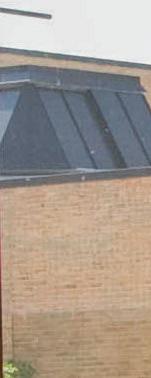
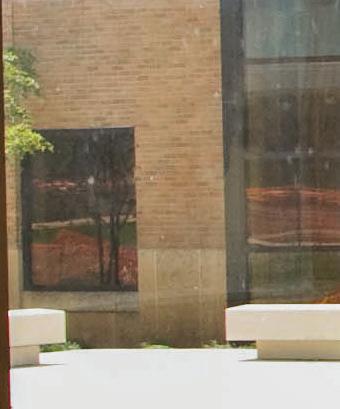
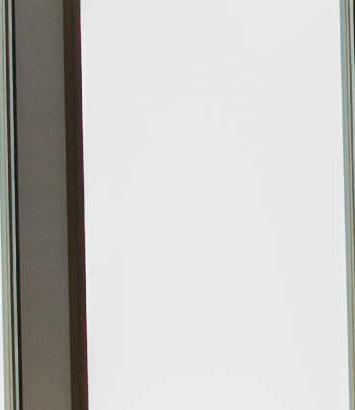

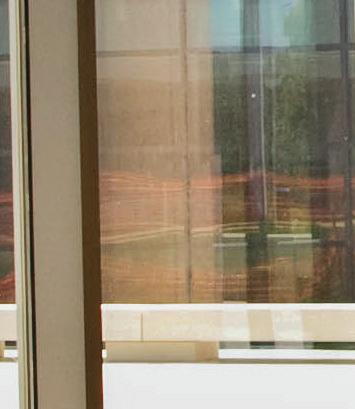


May 14-15, 2025
Oregon Convention Center Portland, OR

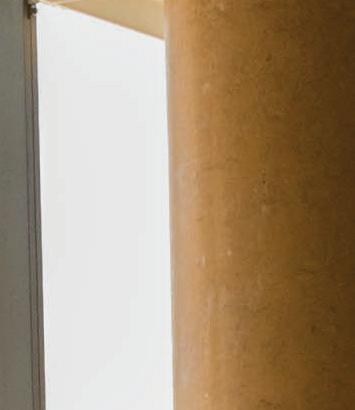

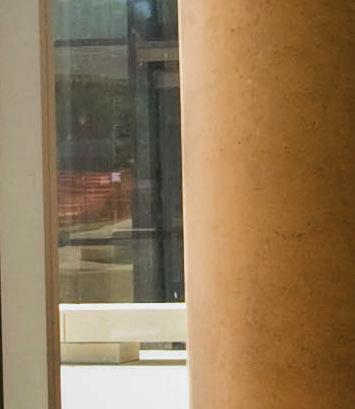


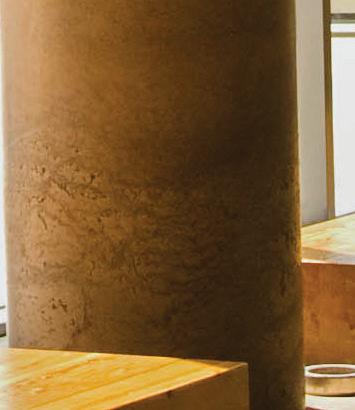


August 20-21, 2025
Grand Sierra Resort & Casino Reno, NV

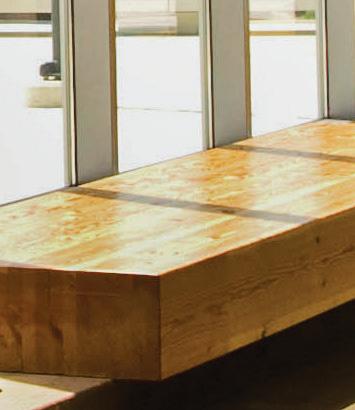



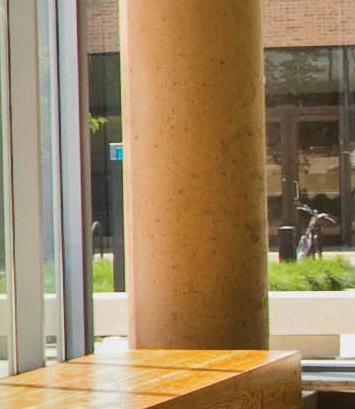
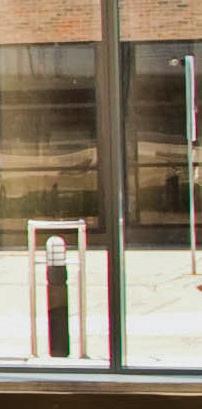






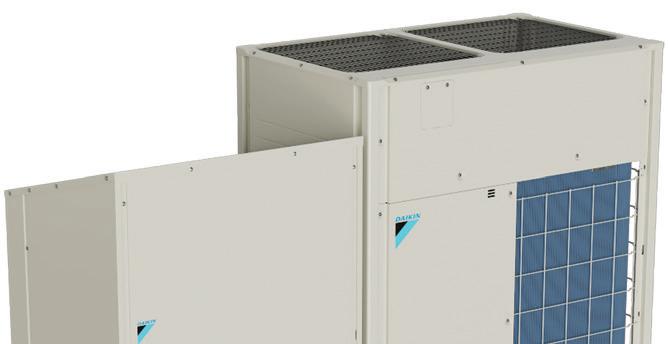
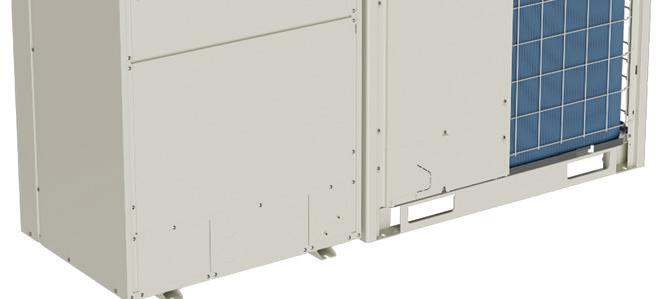
The Daikin MEGA-Q system provides an all-electric, inverter driven hot water solution, making it an ideal choice for commercial buildings with large volume.

INDOOR COMPONENTS





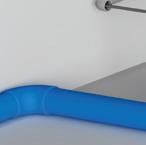










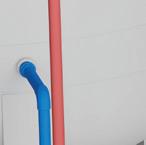

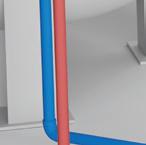










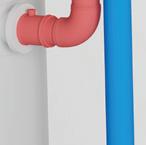
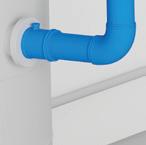























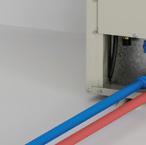



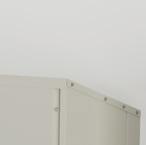

















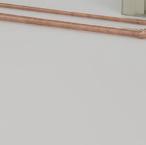





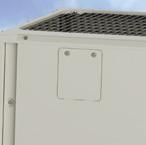









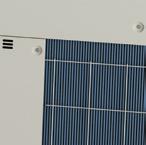
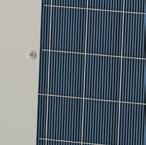





OUTDOOR COMPONENTS

